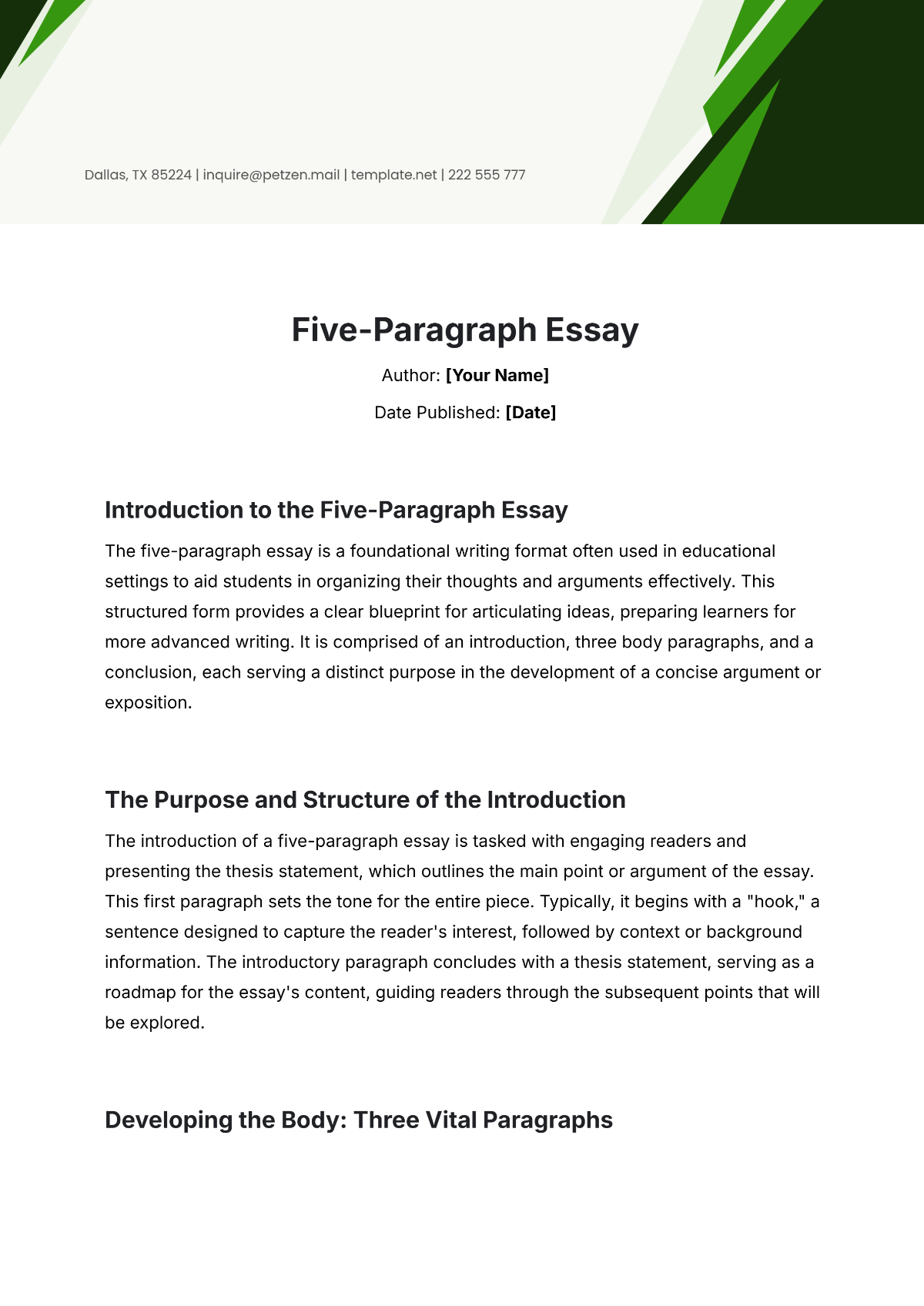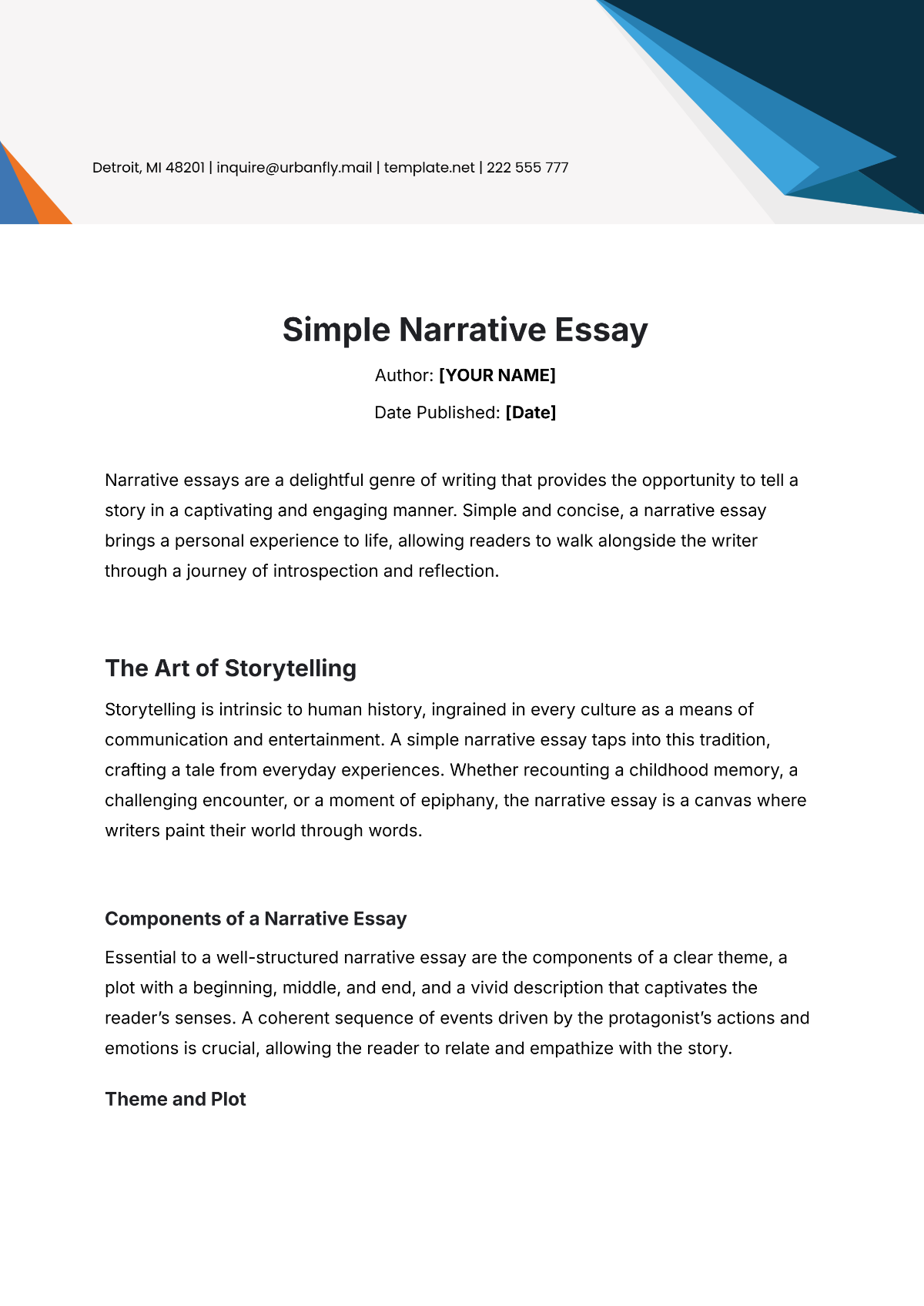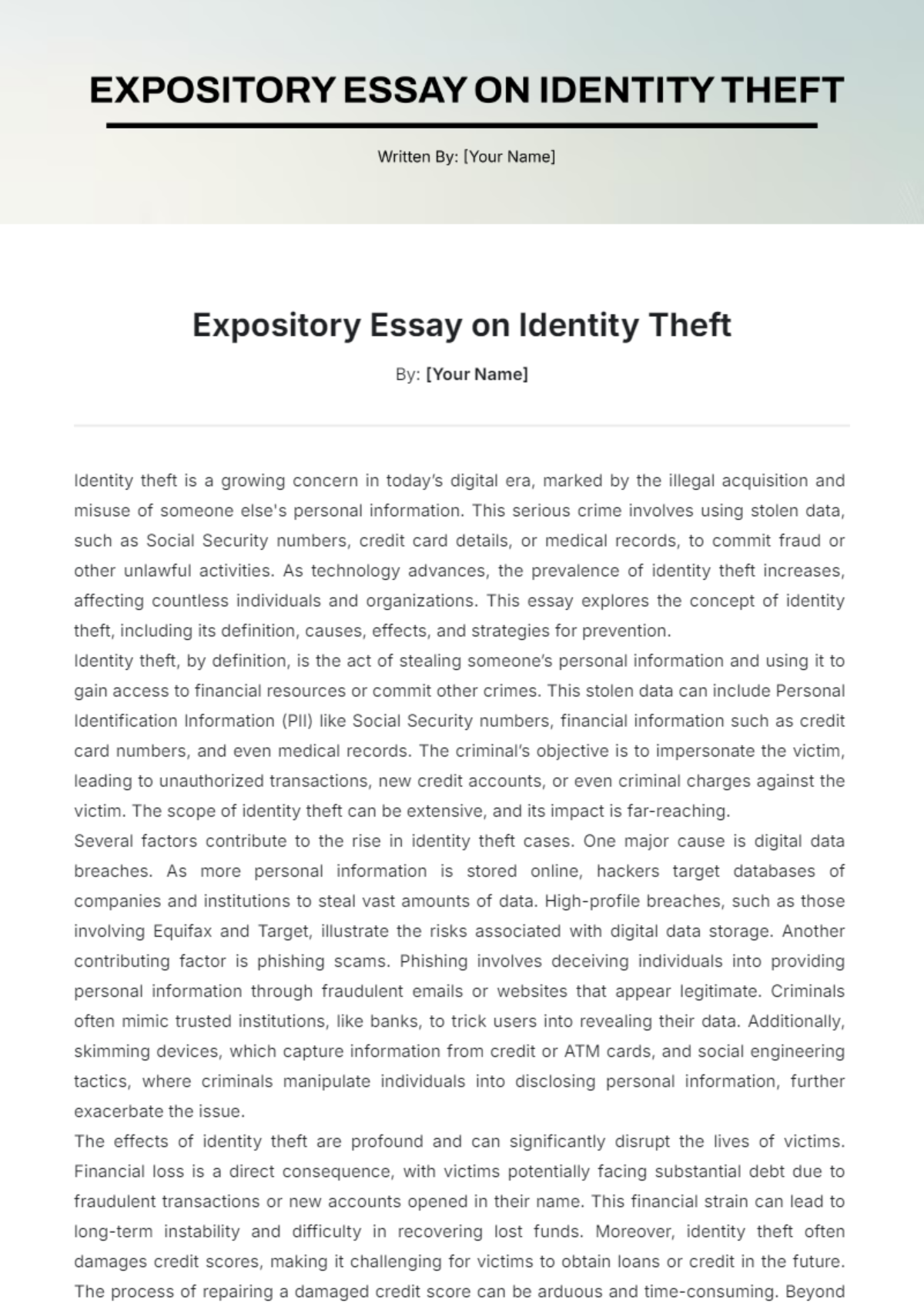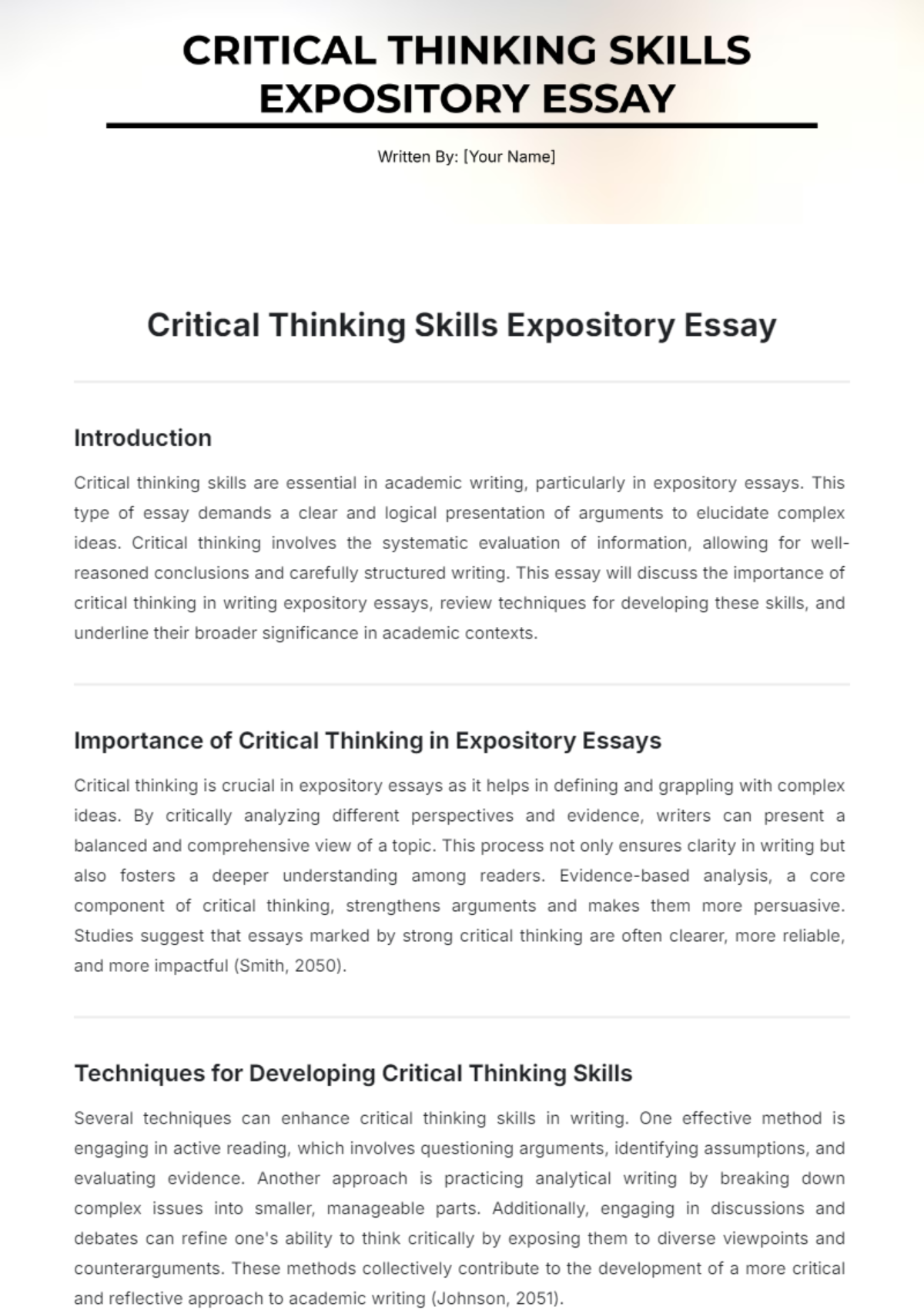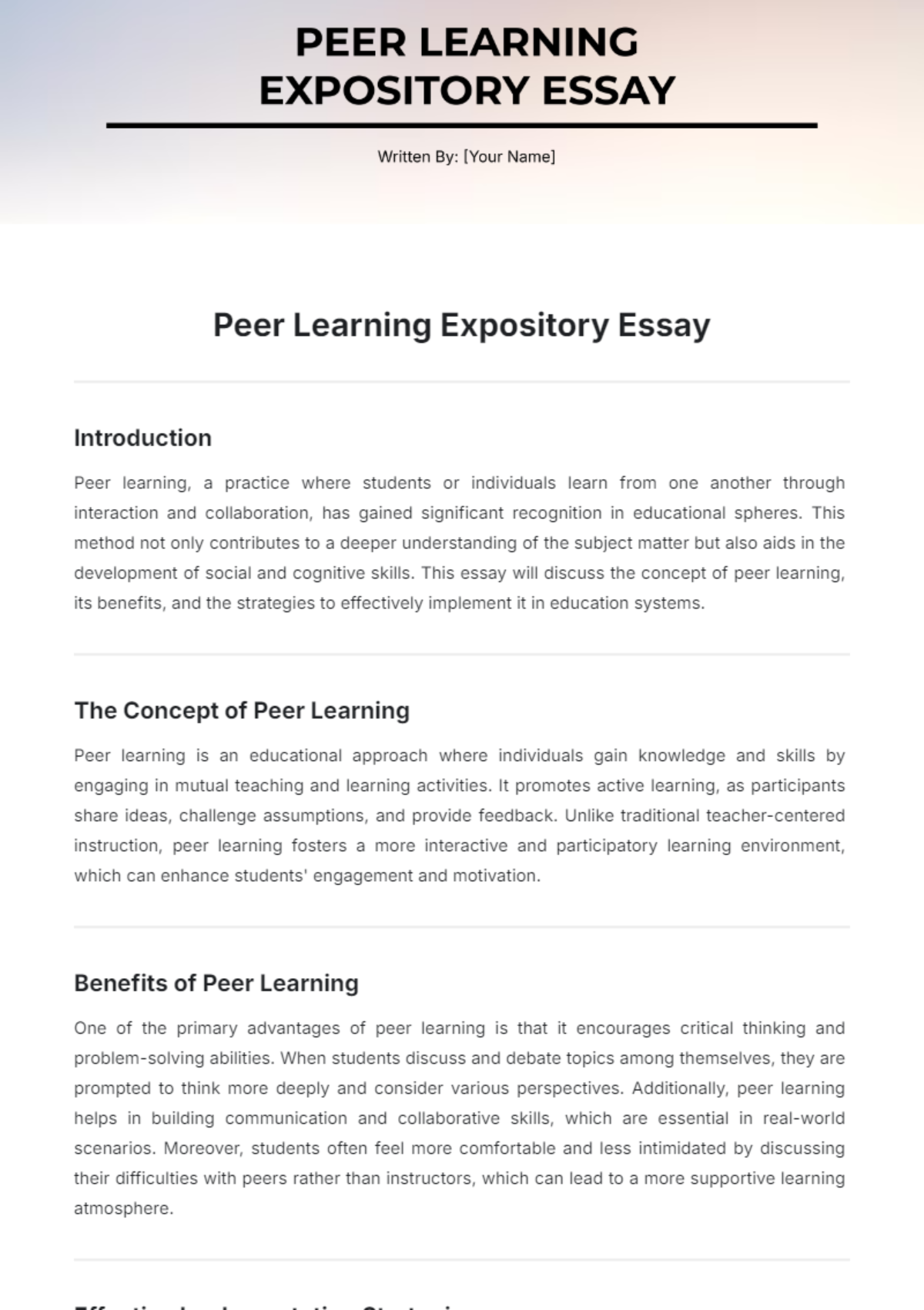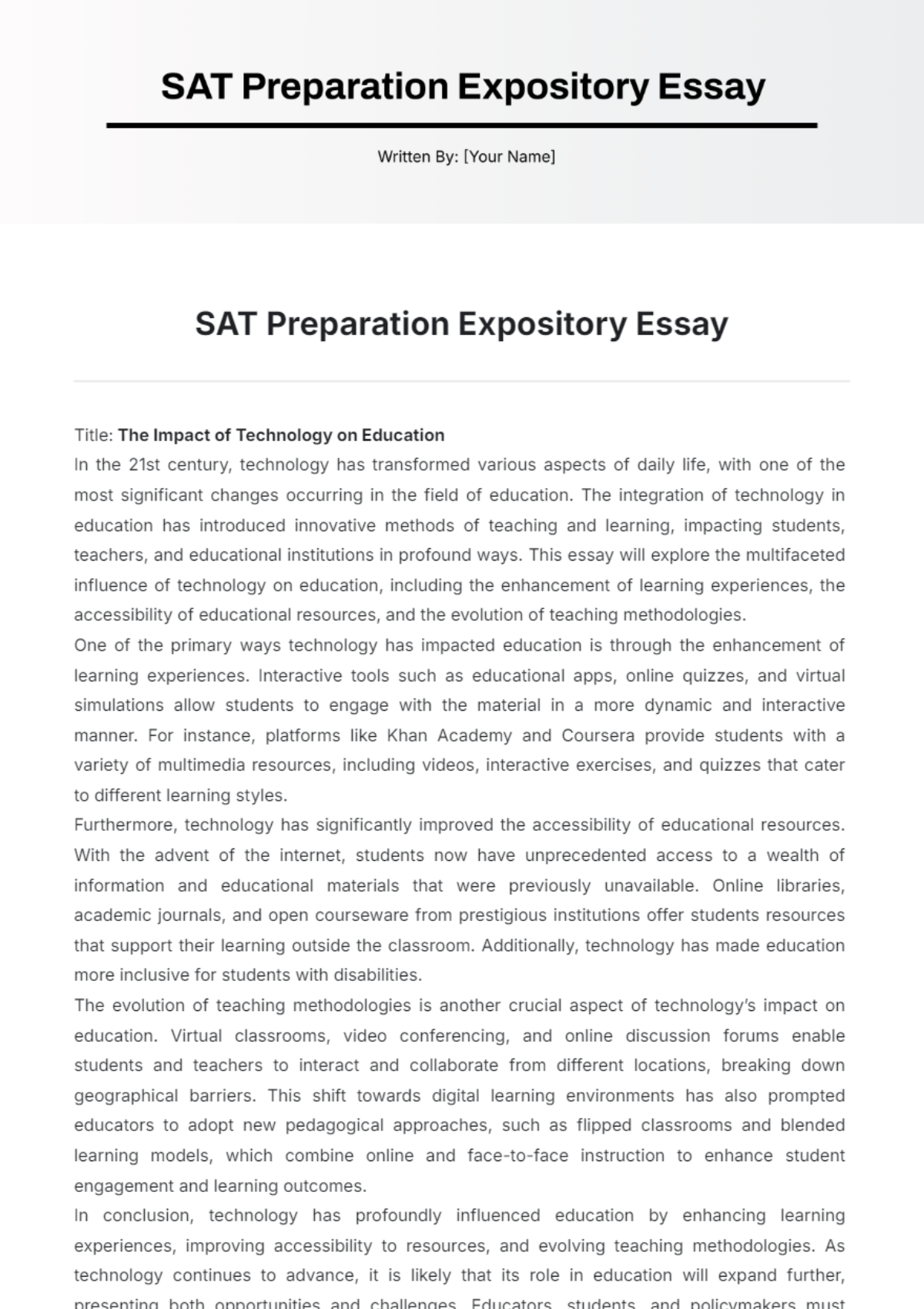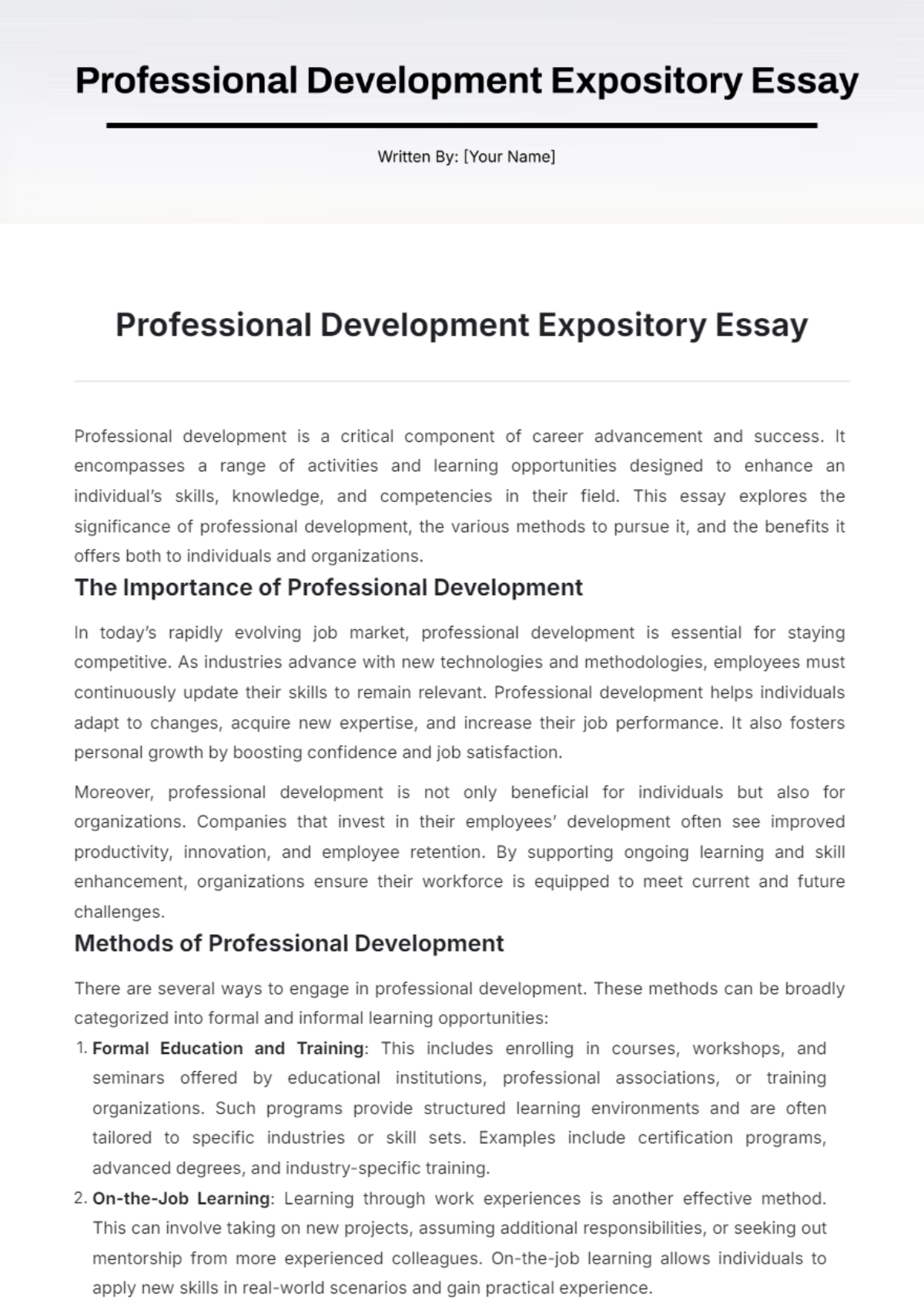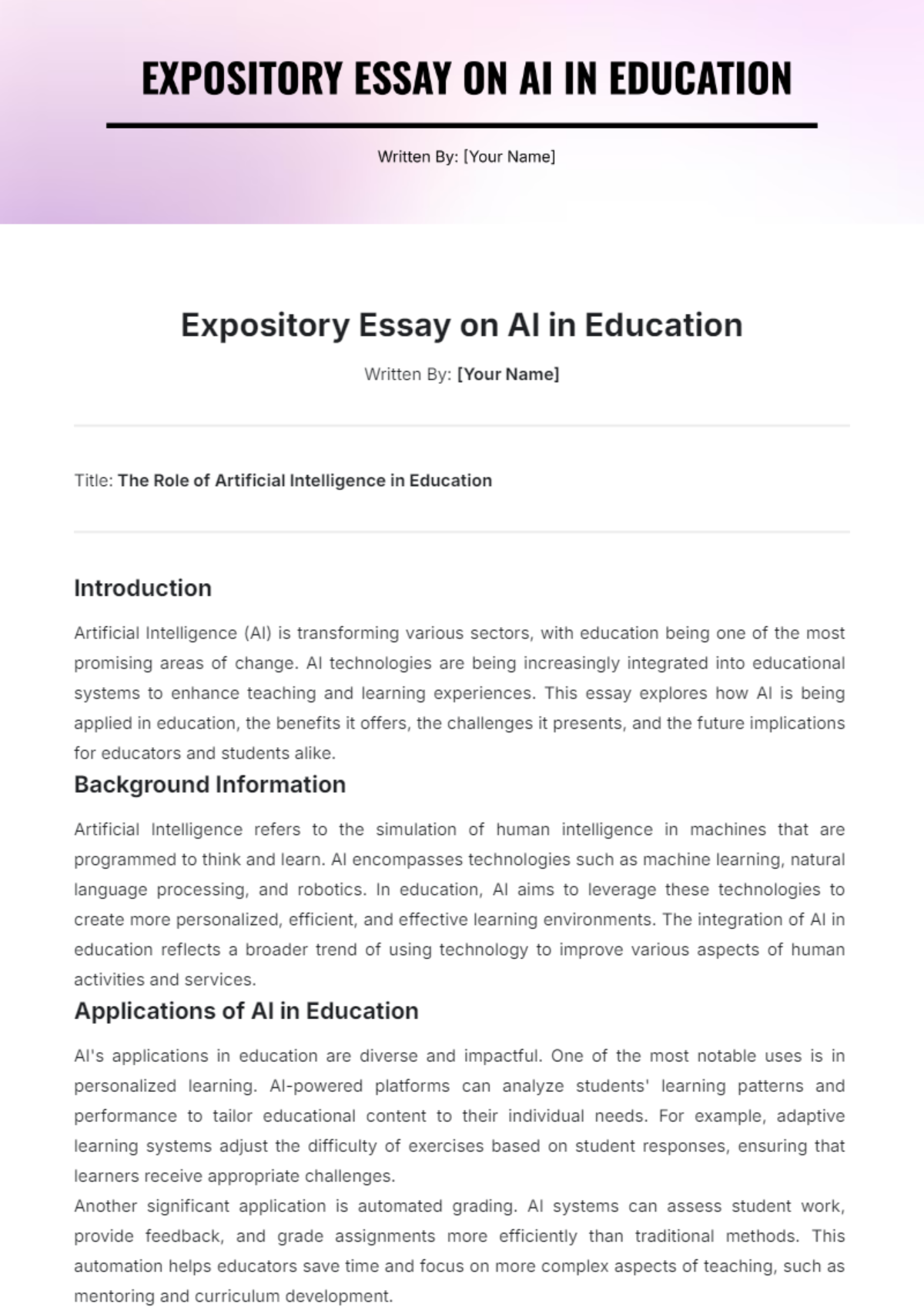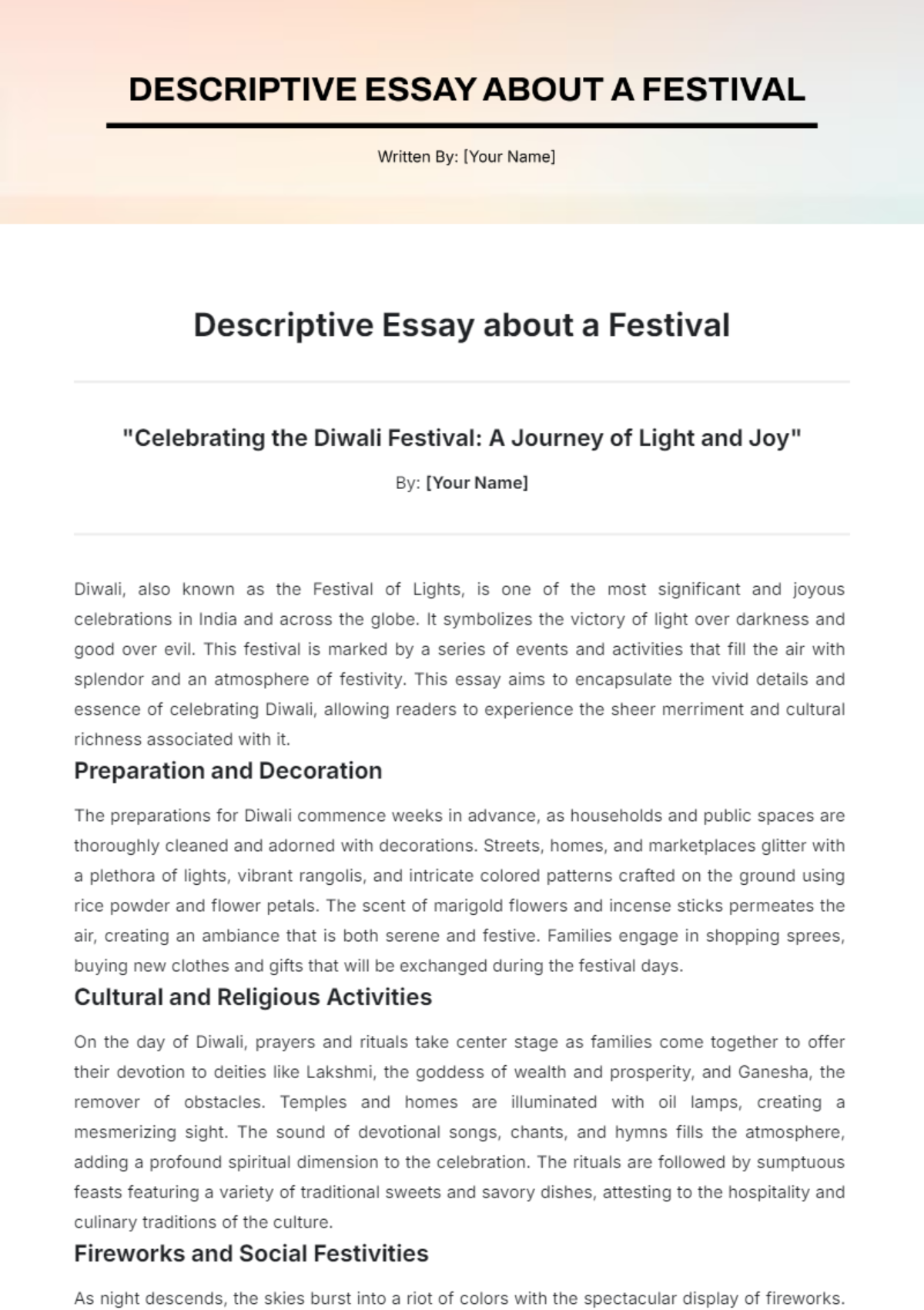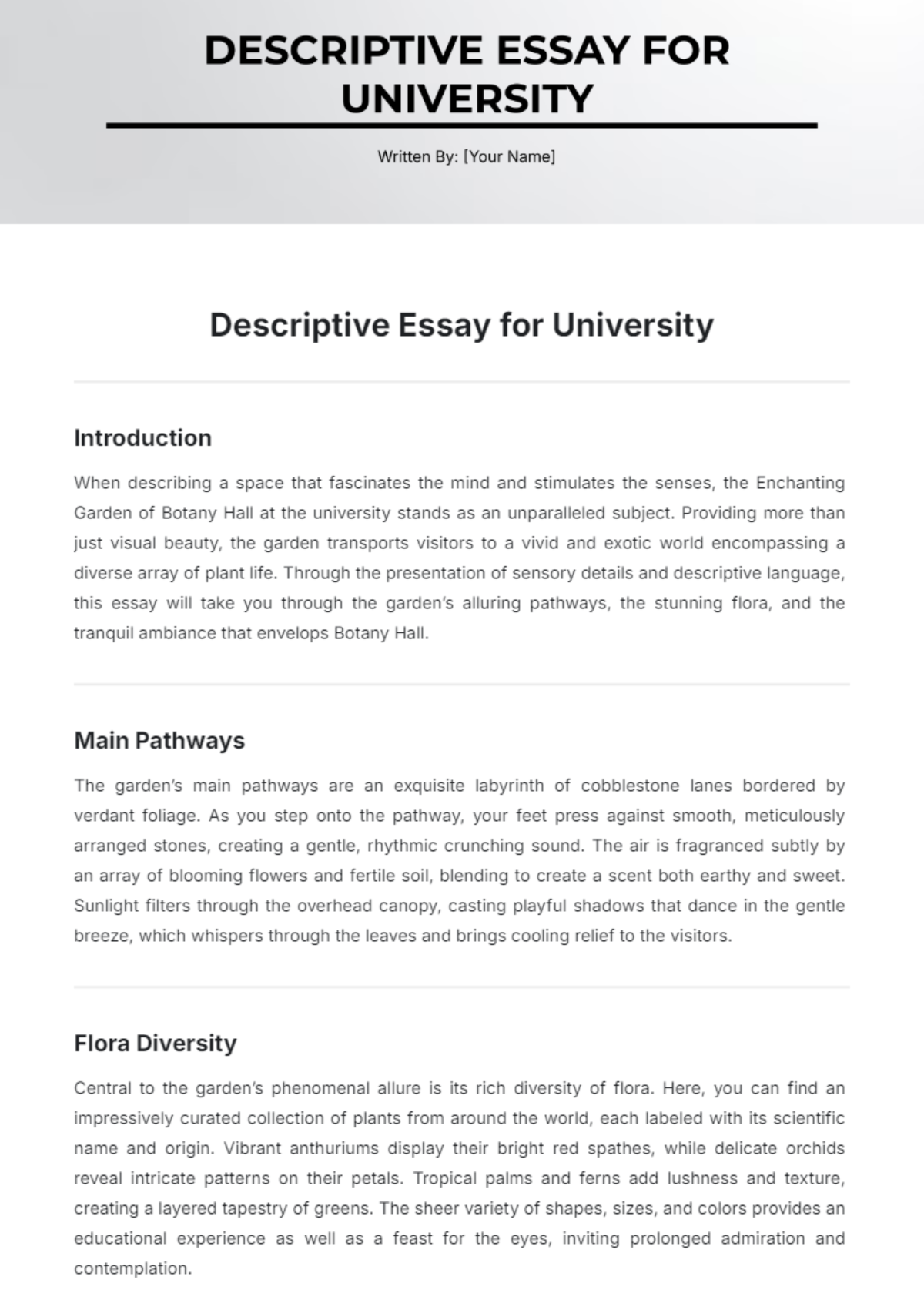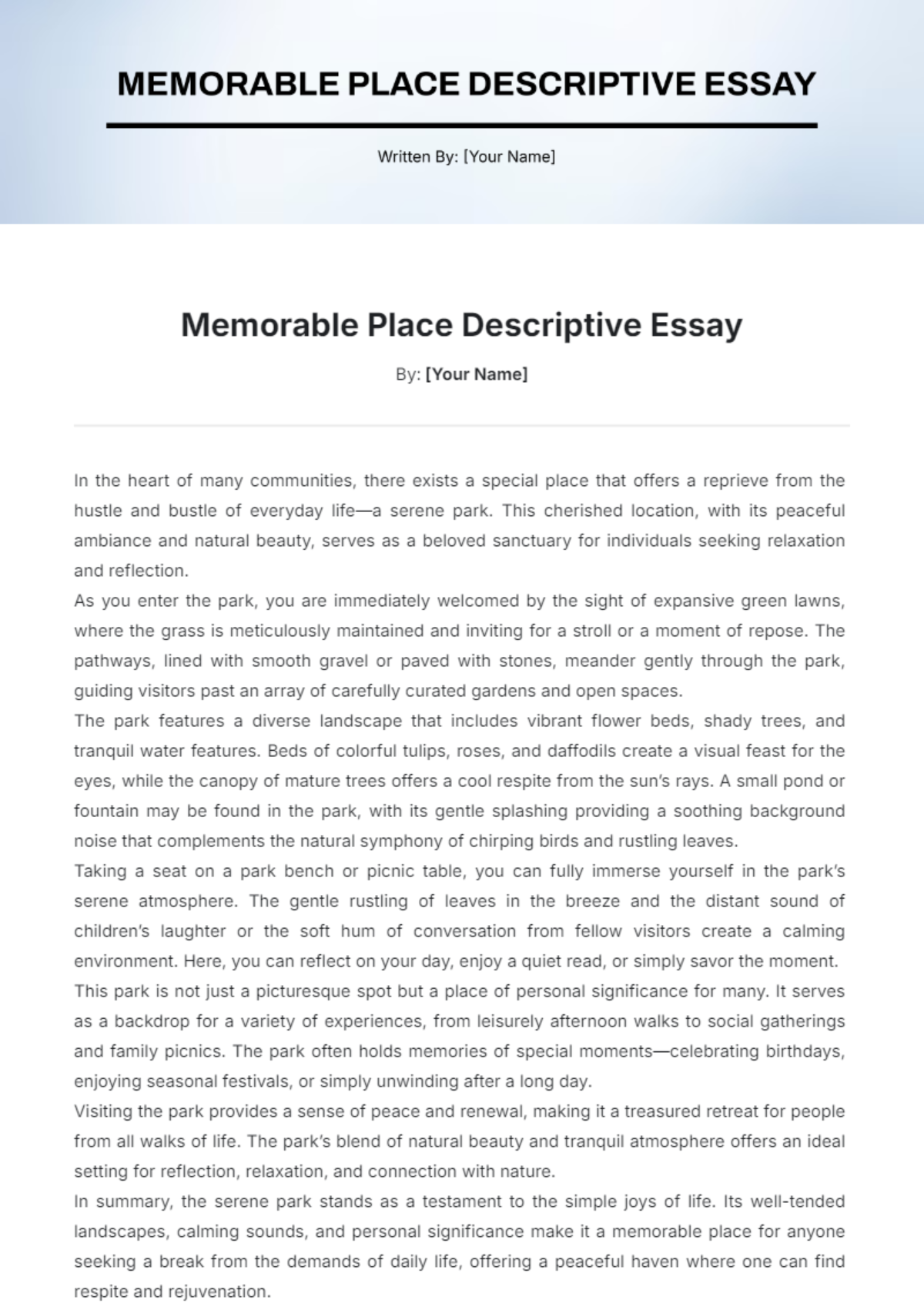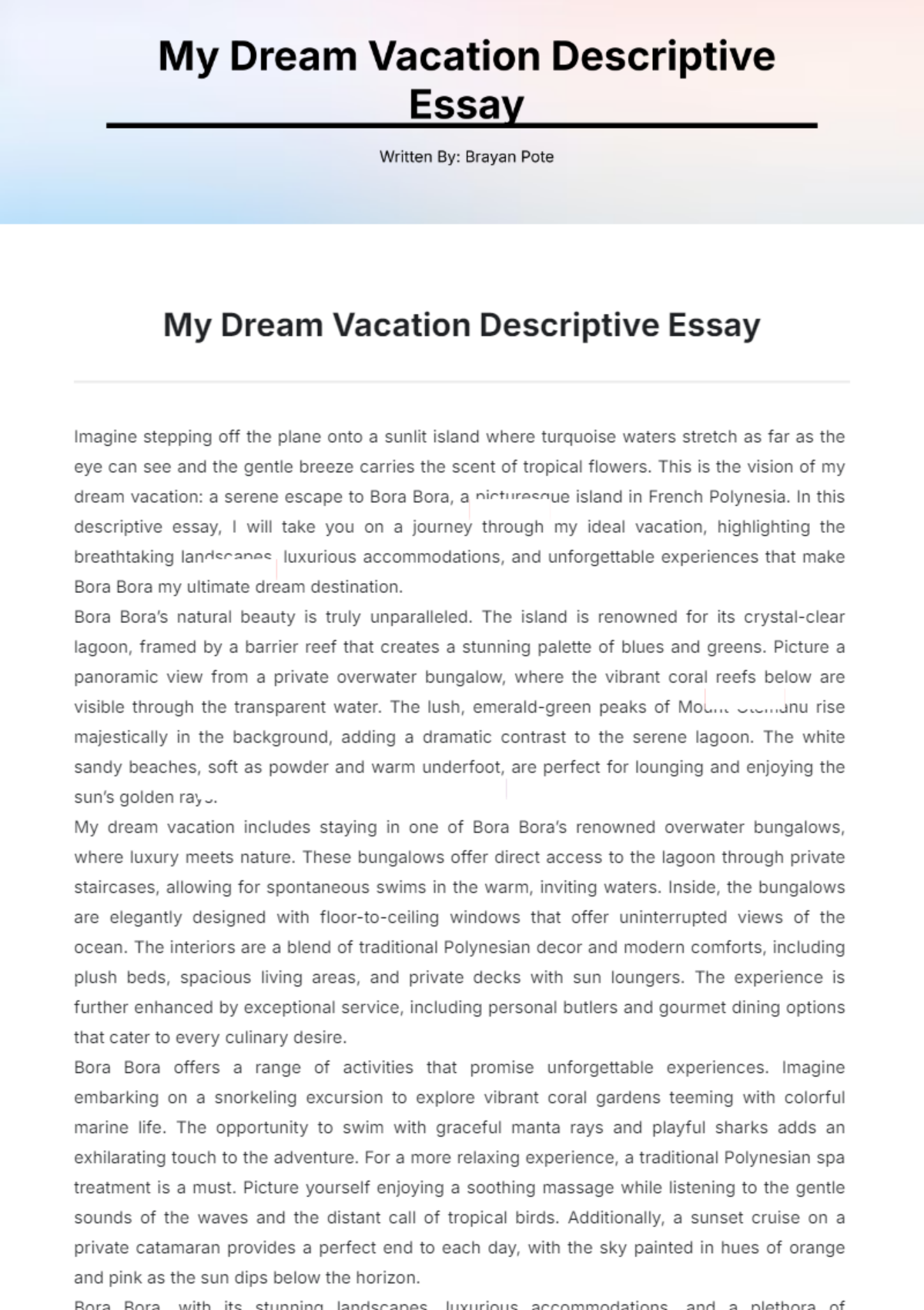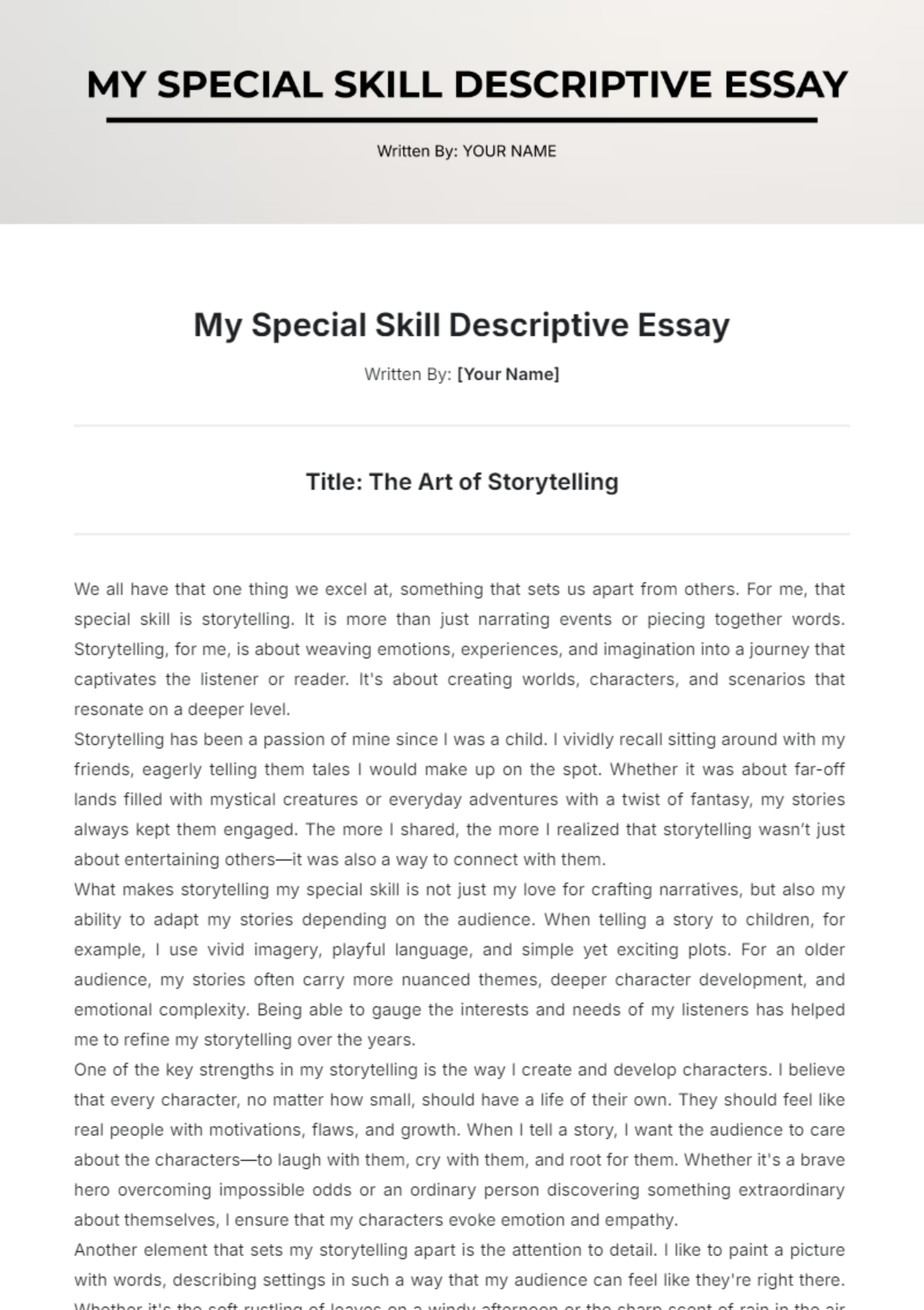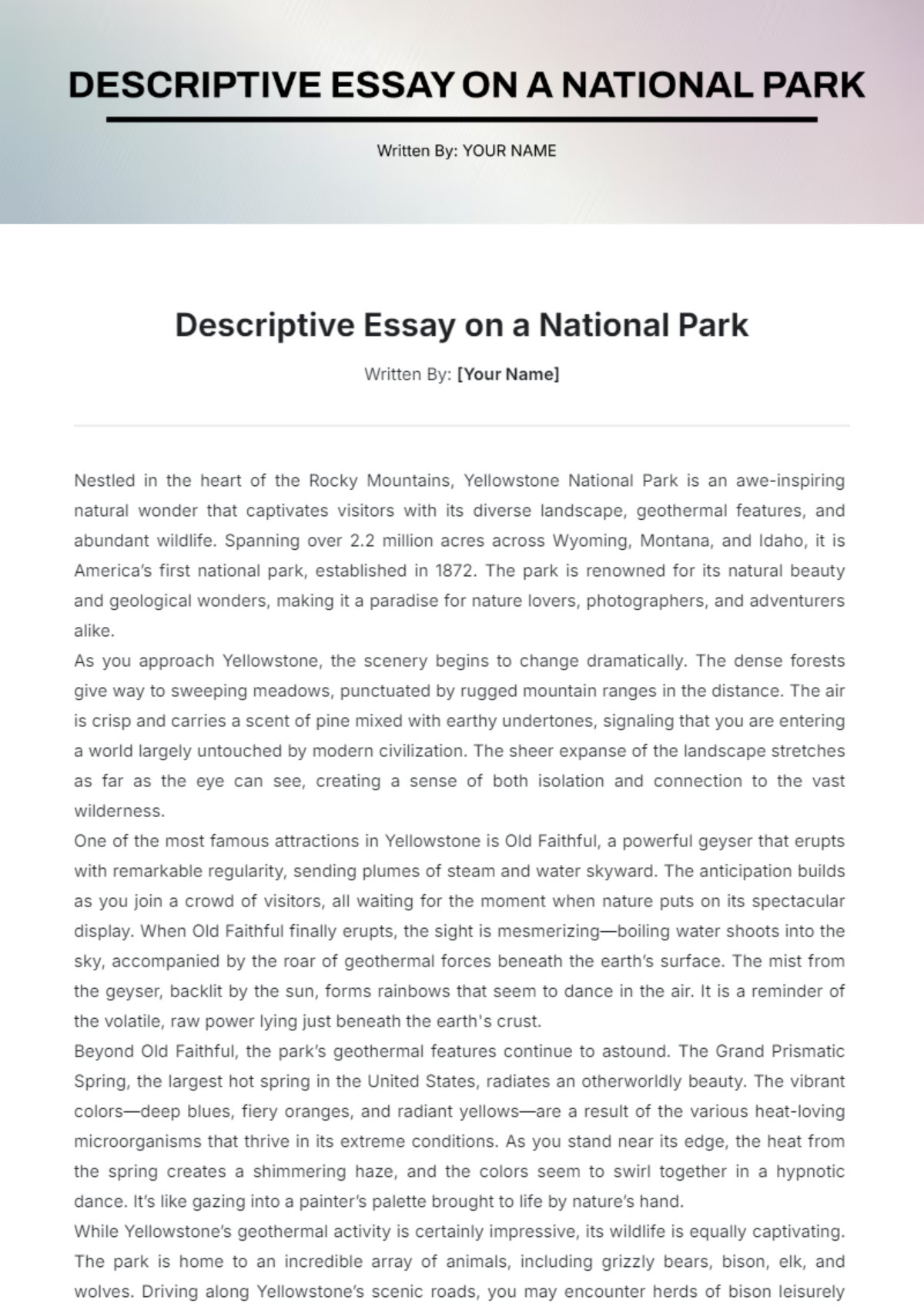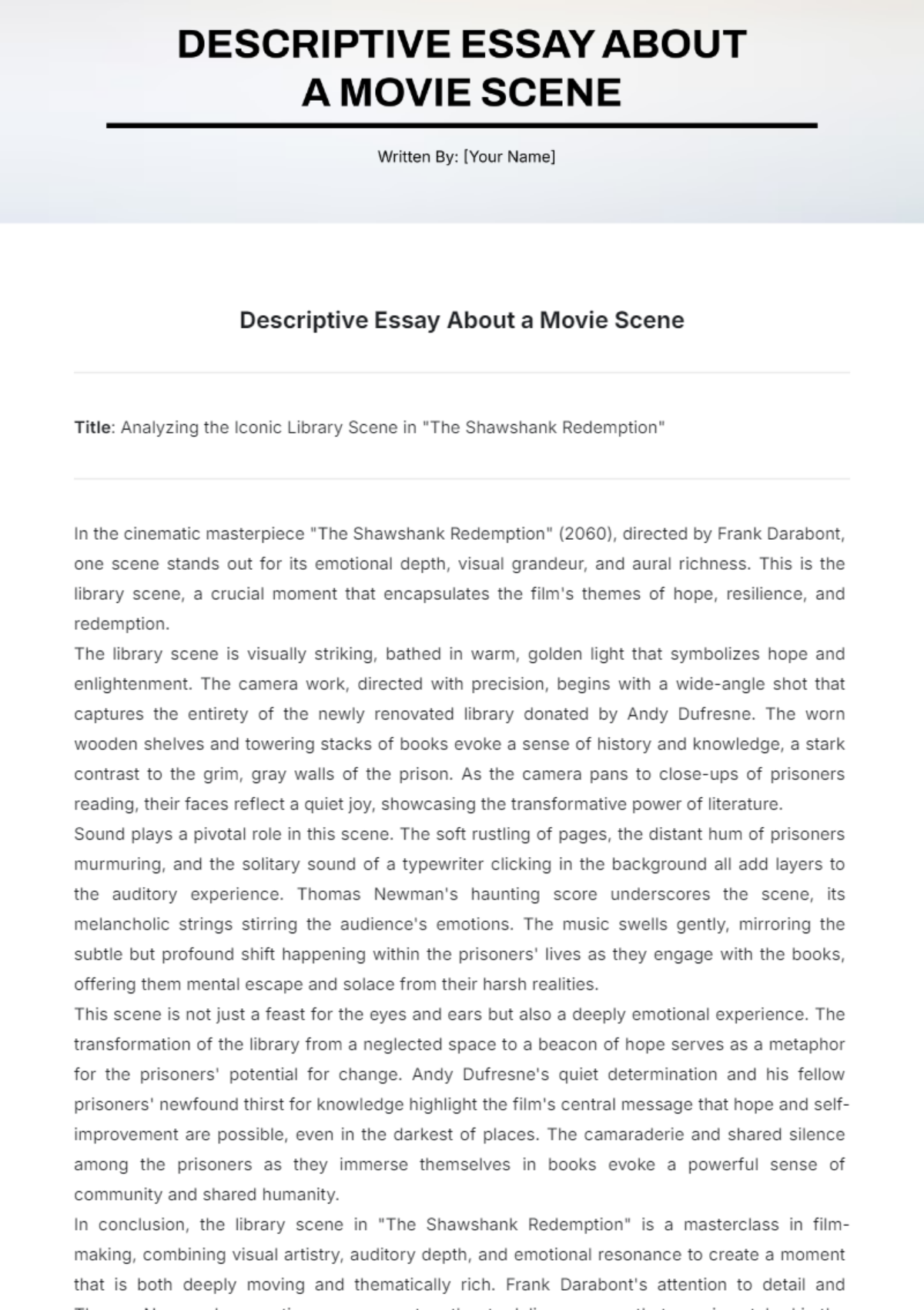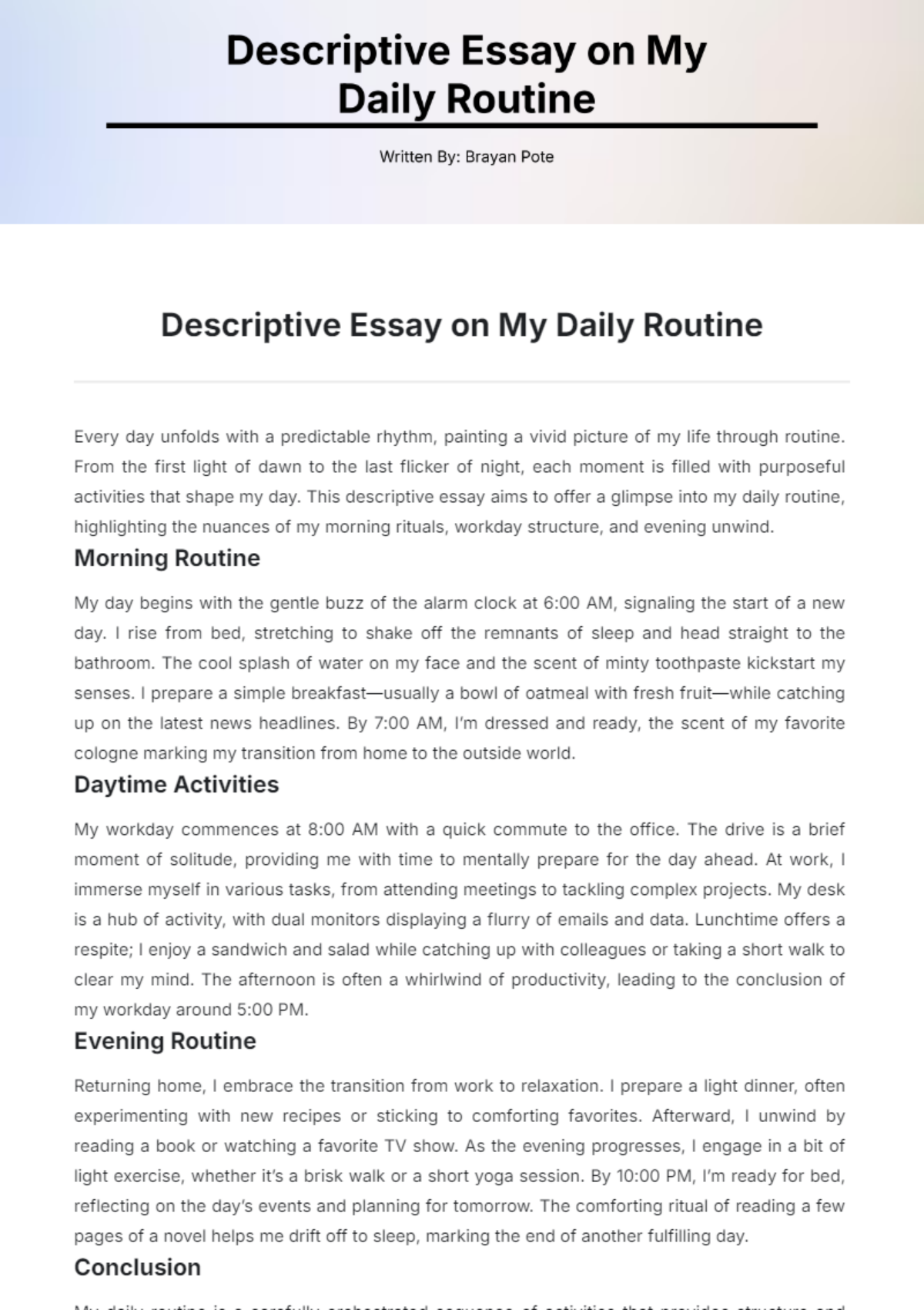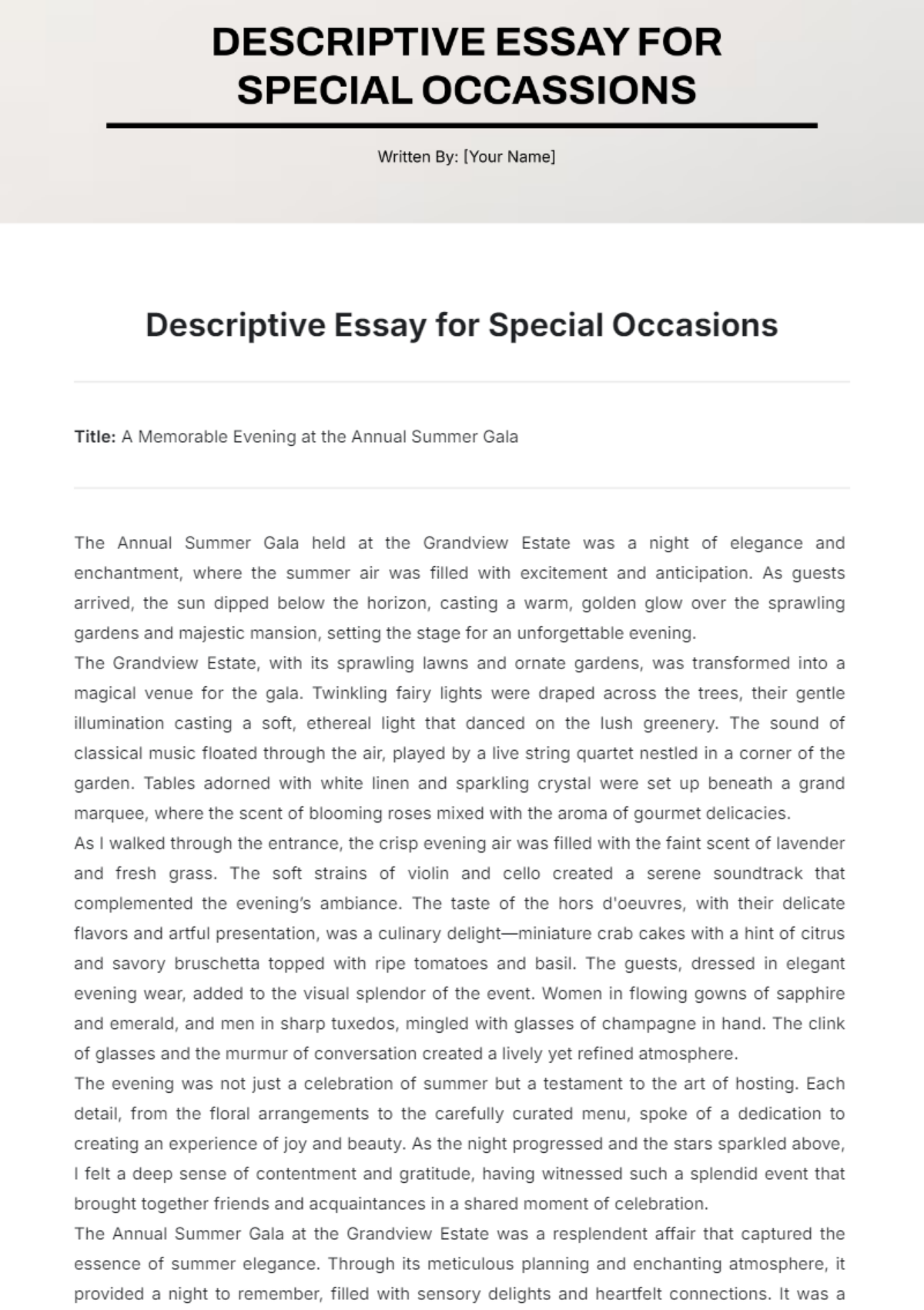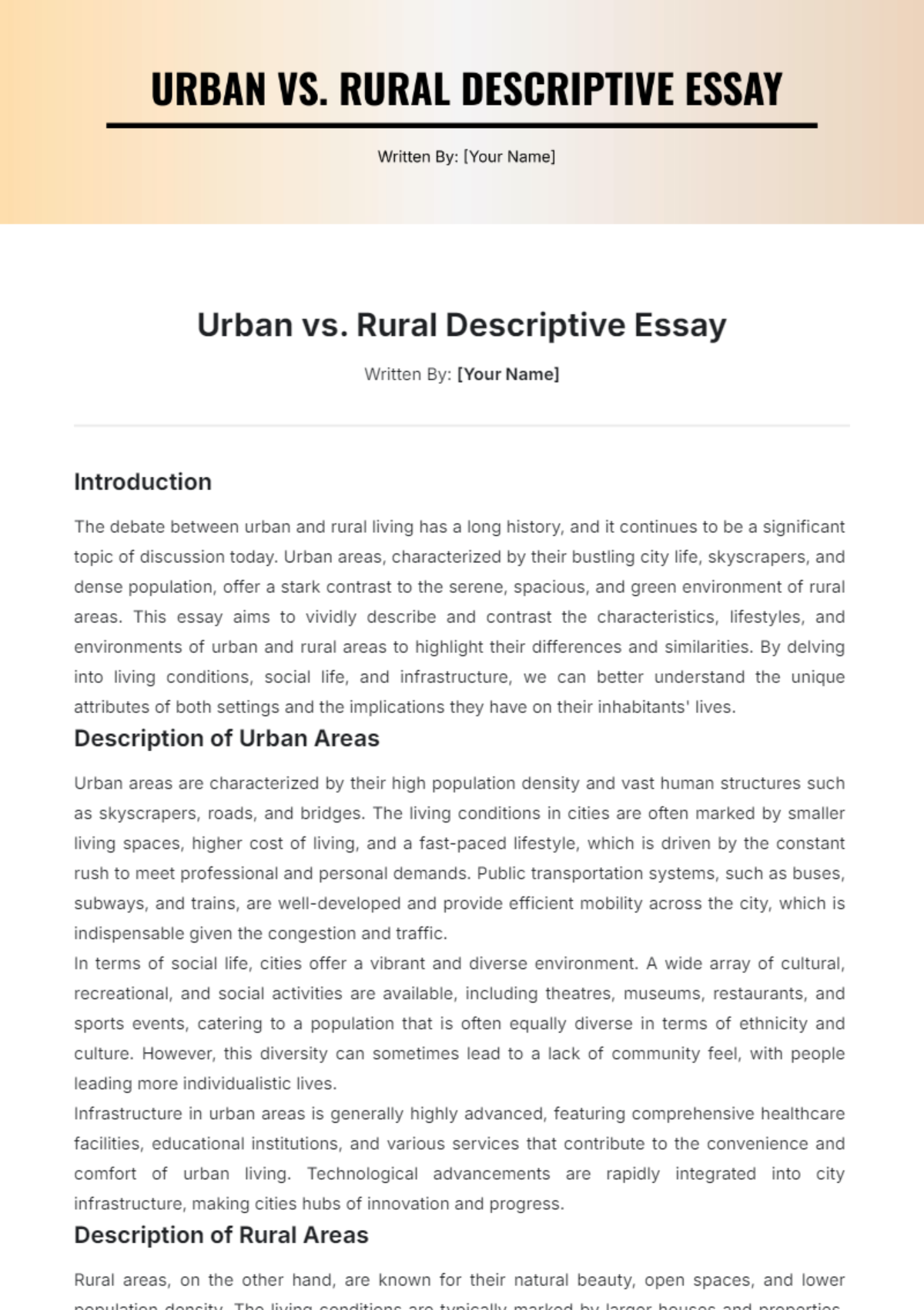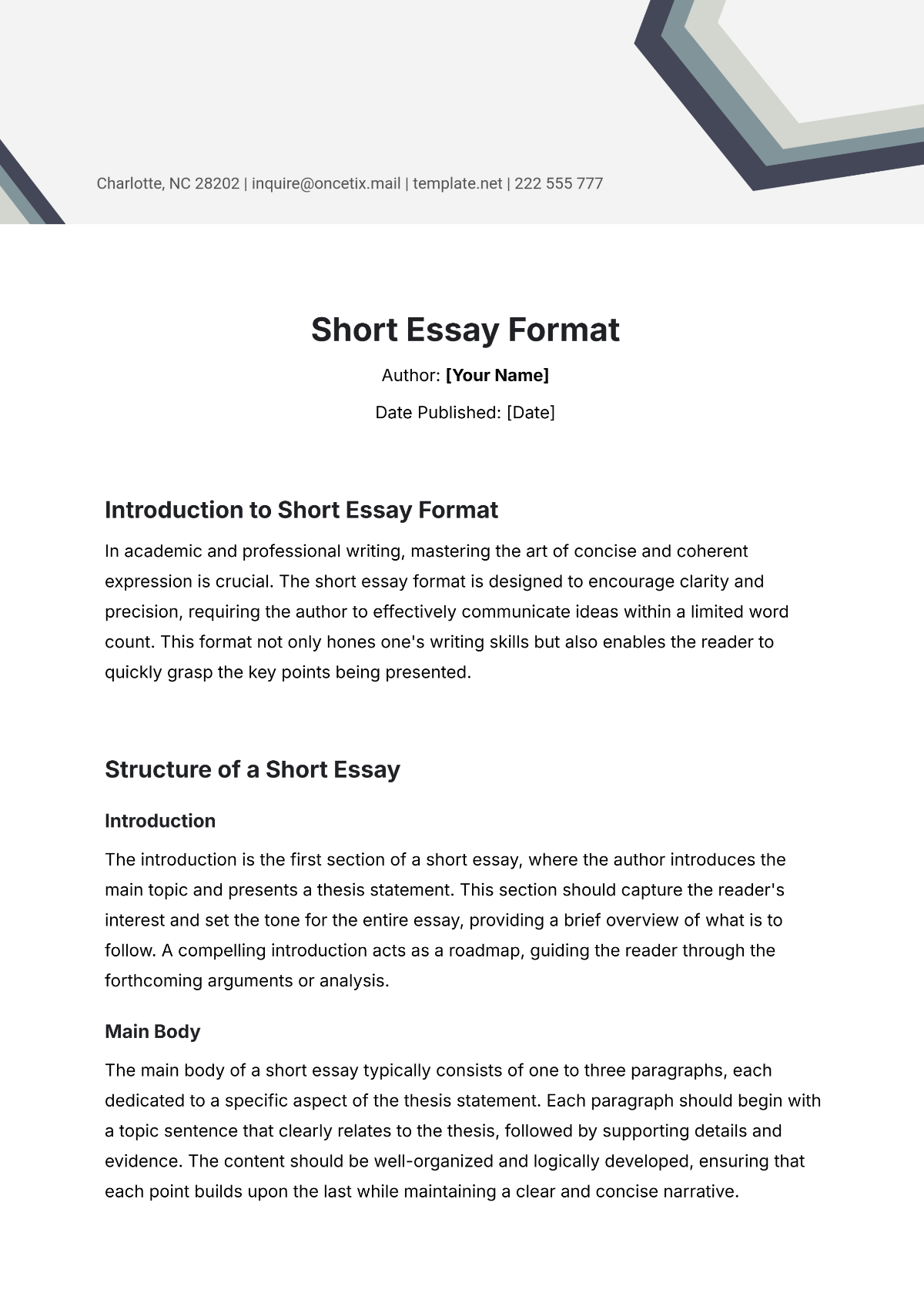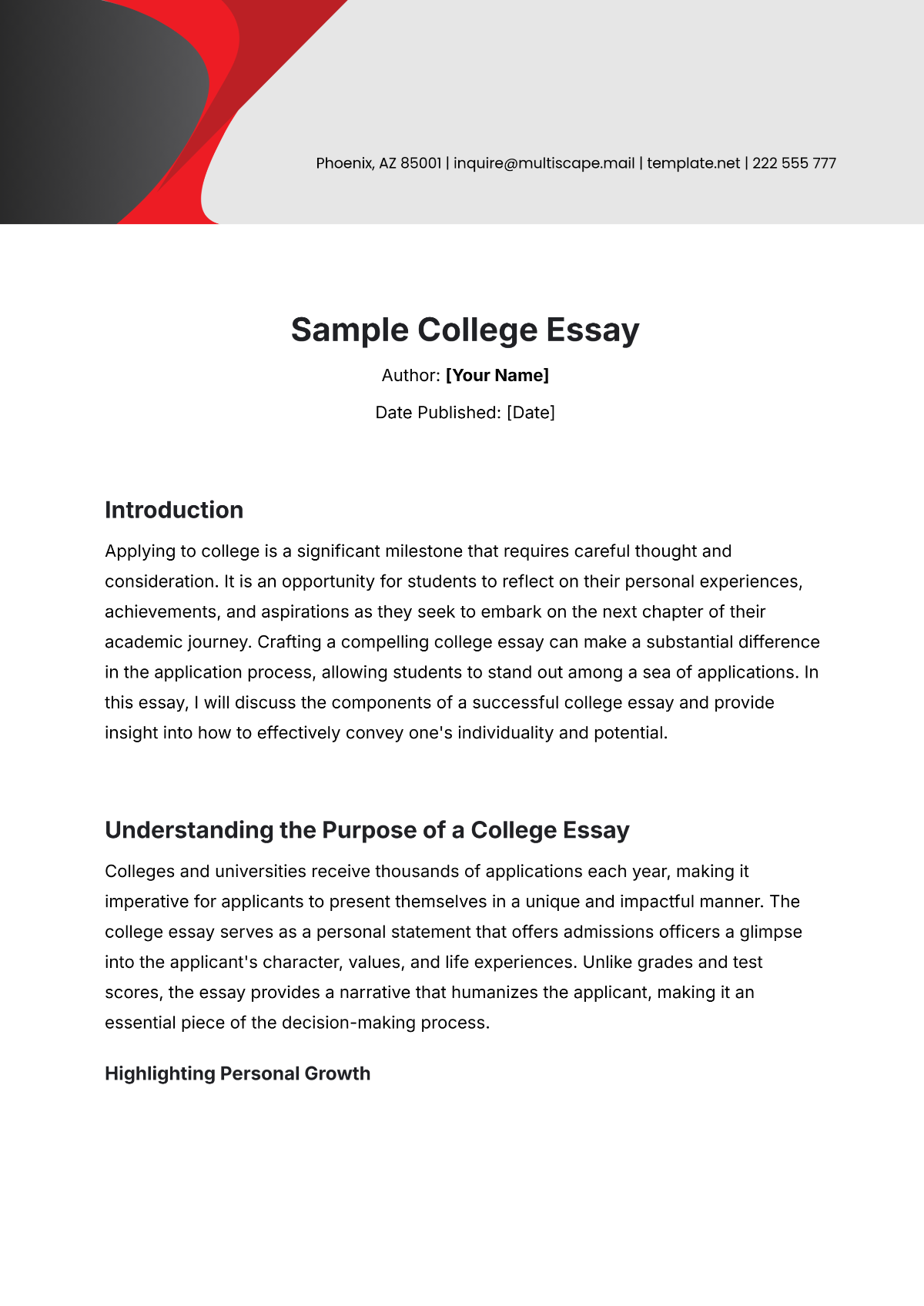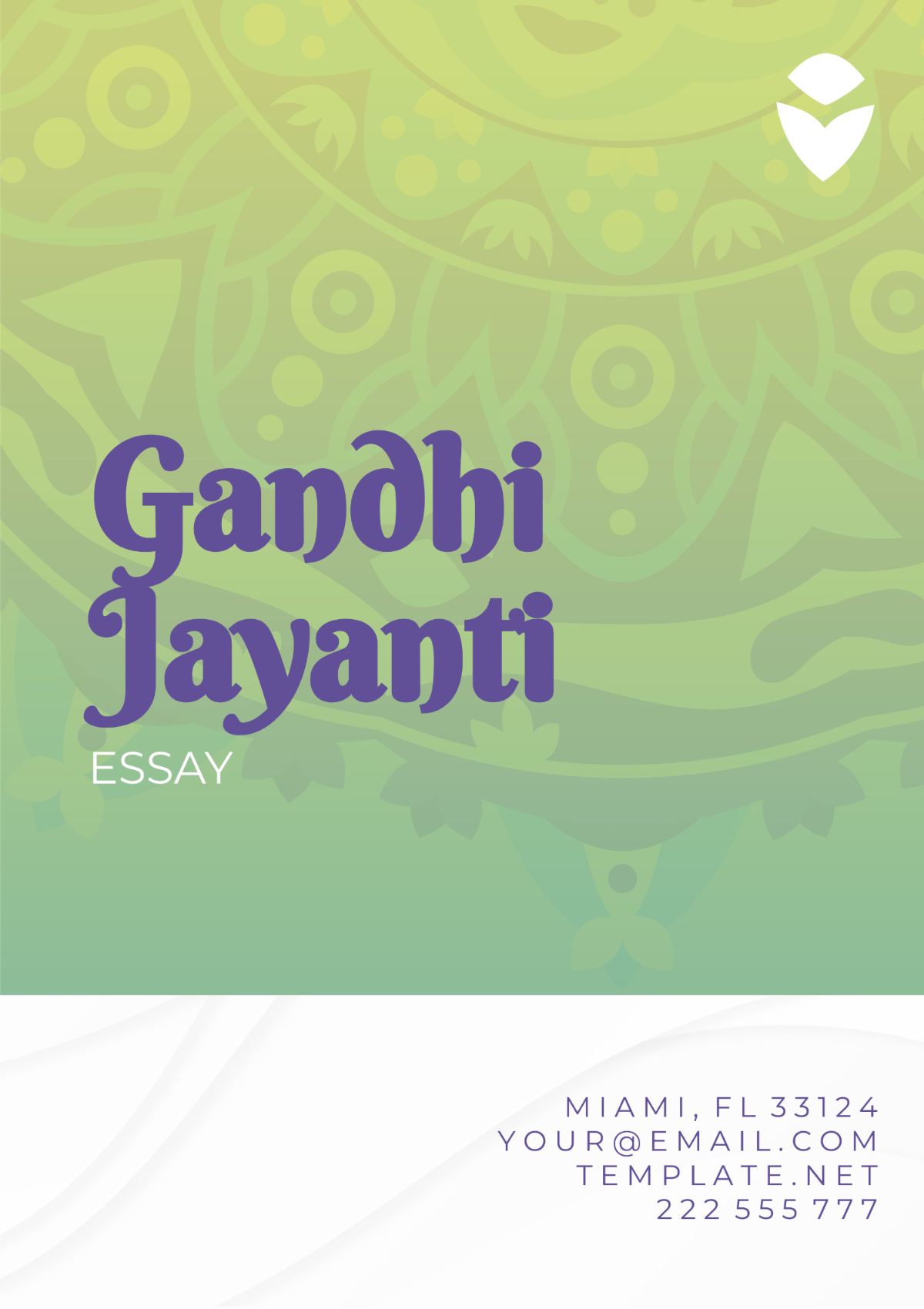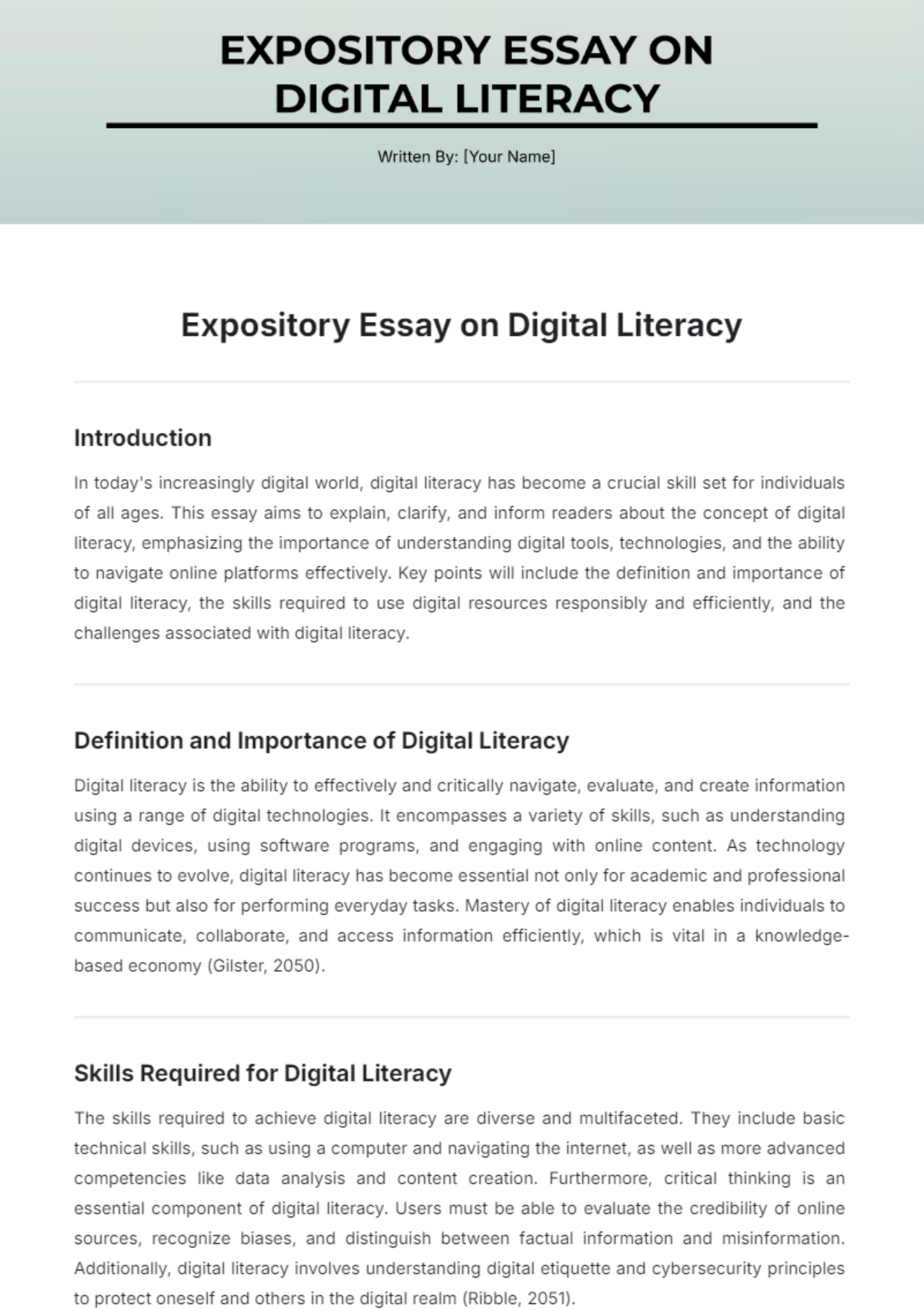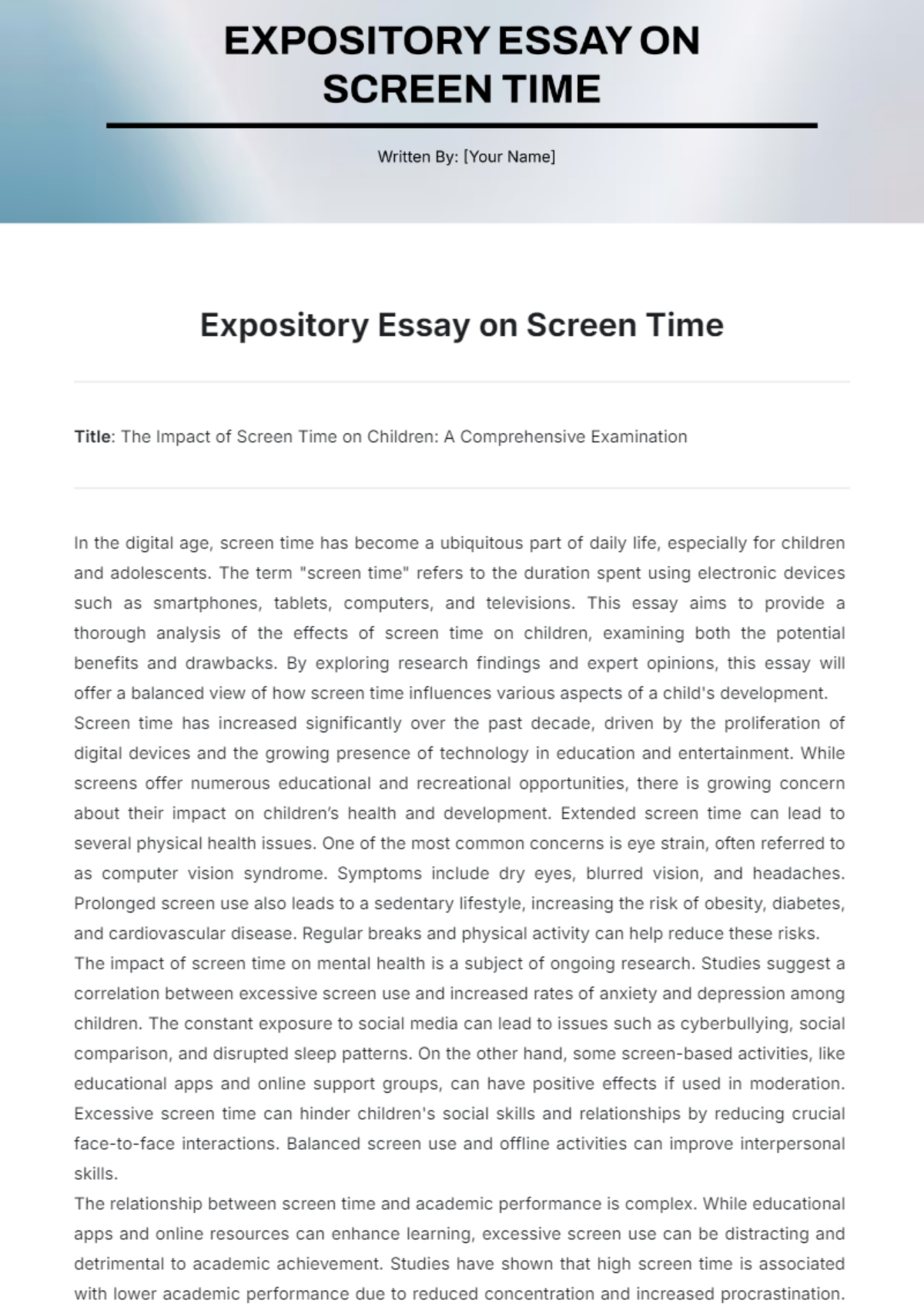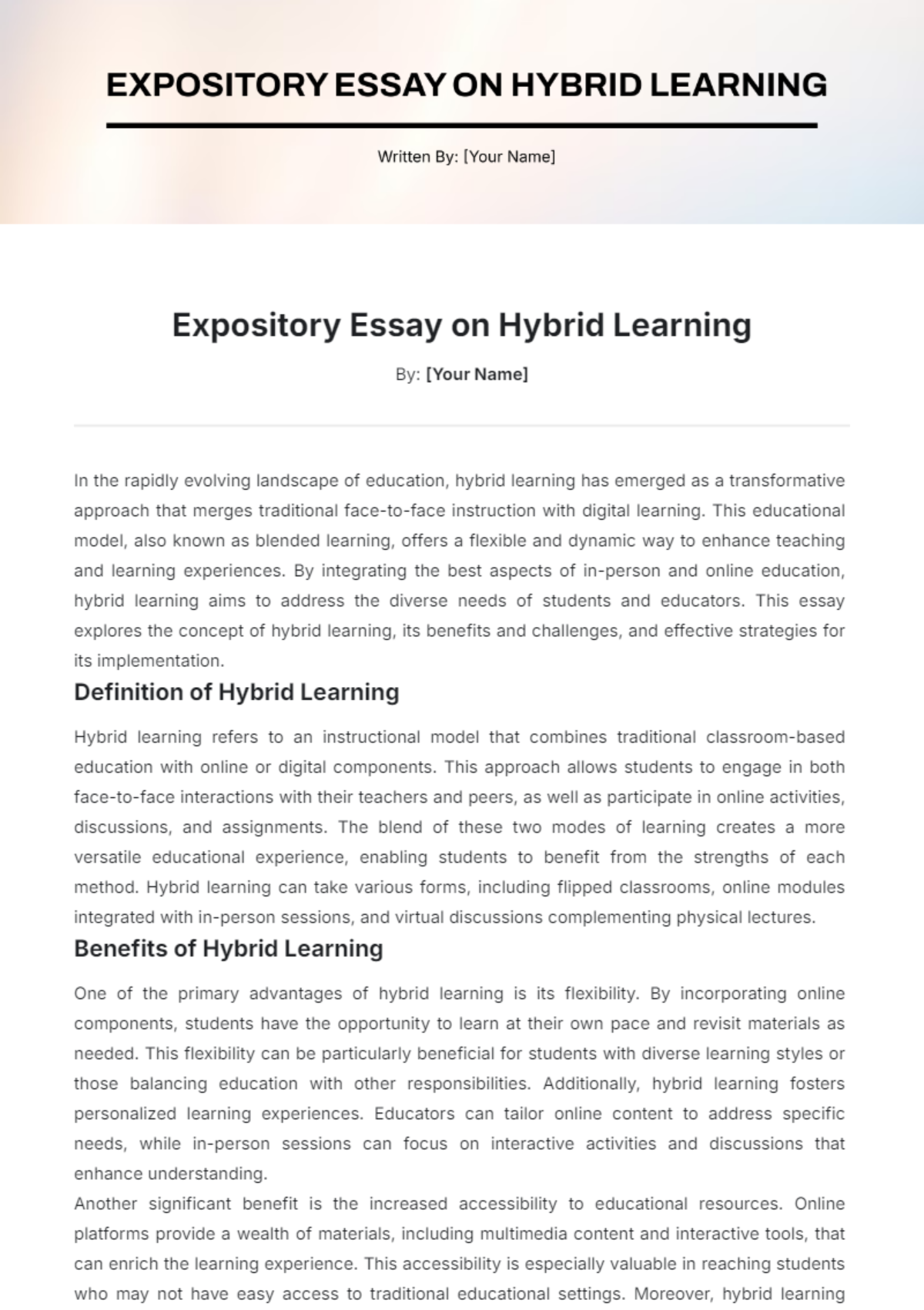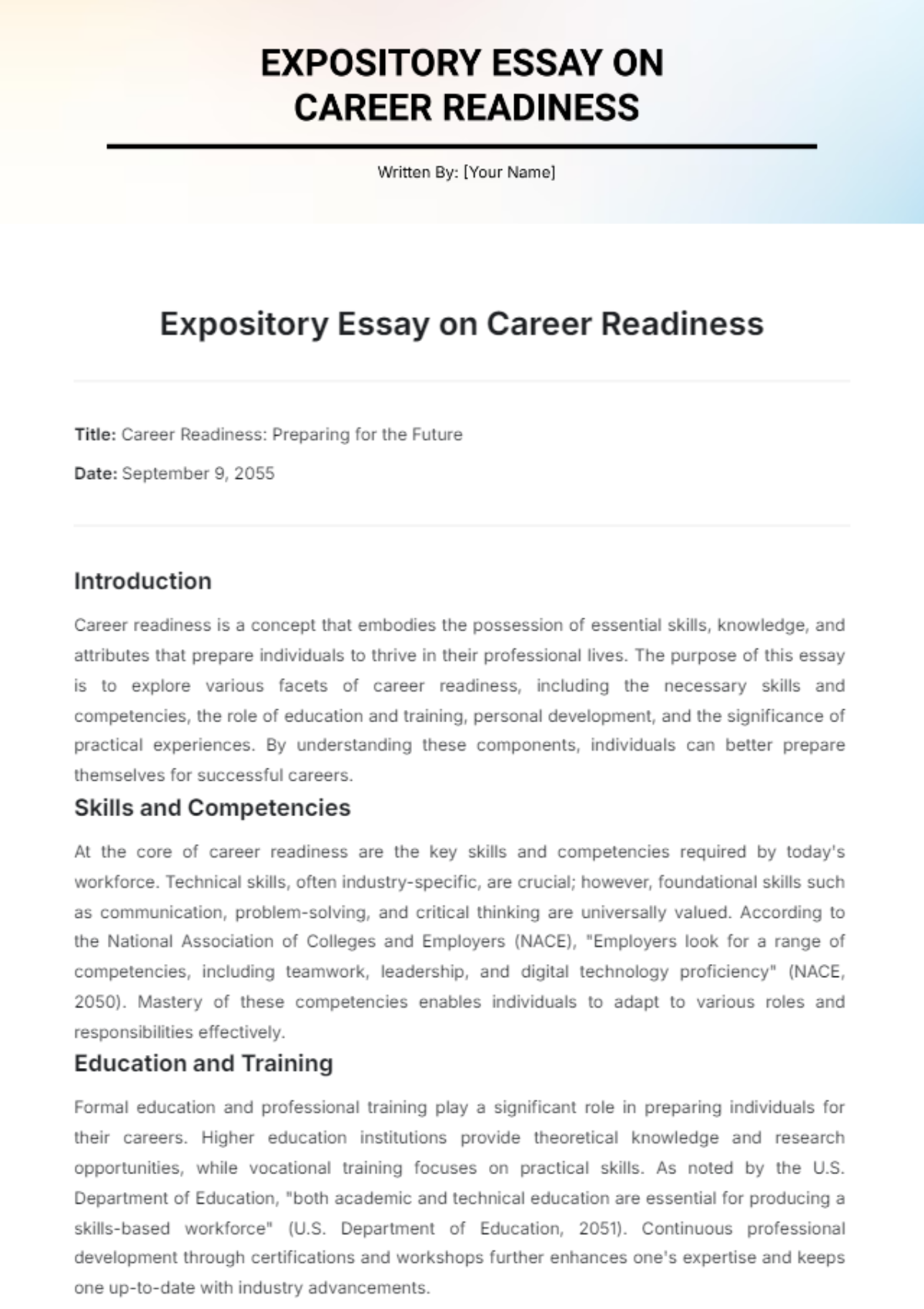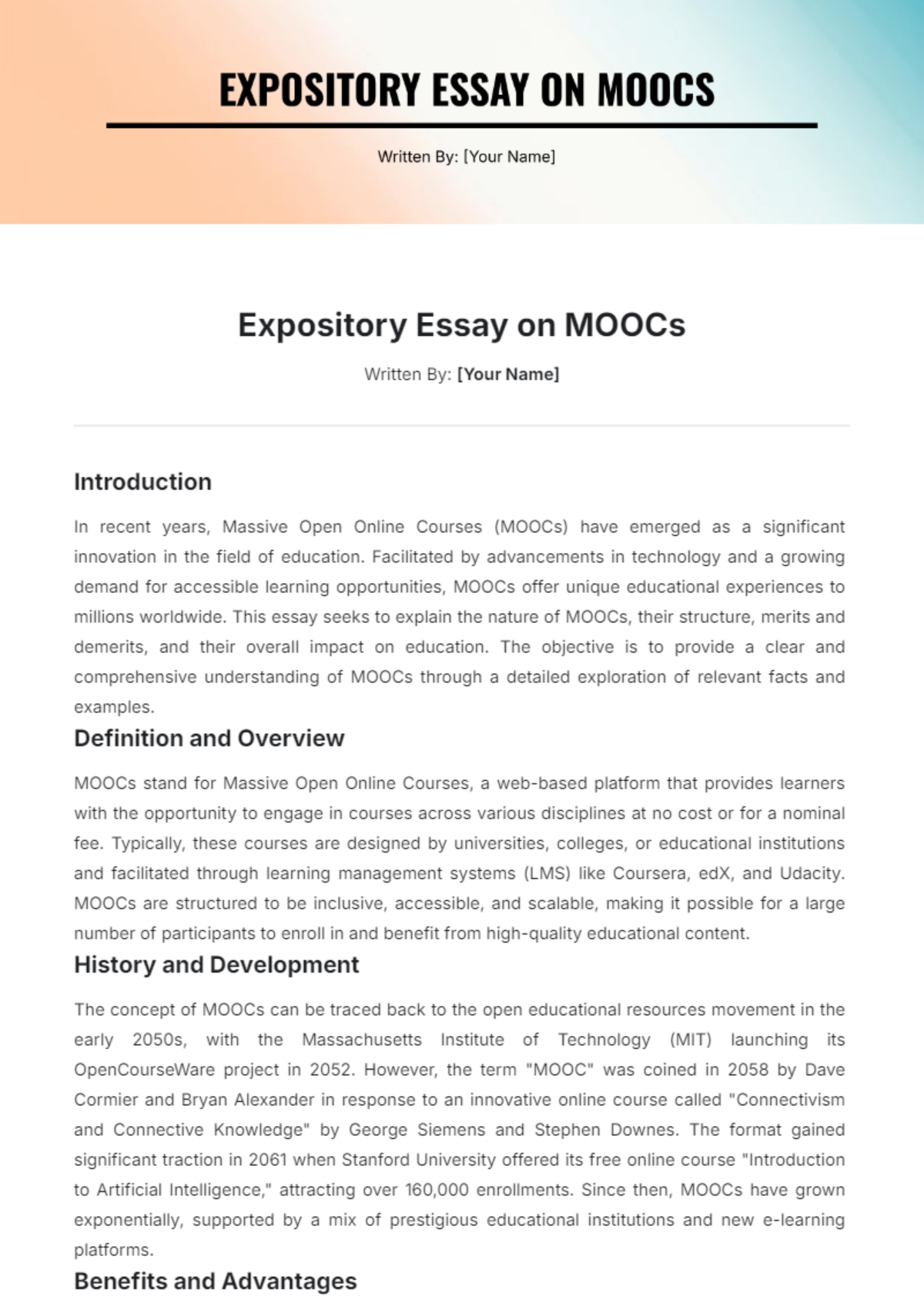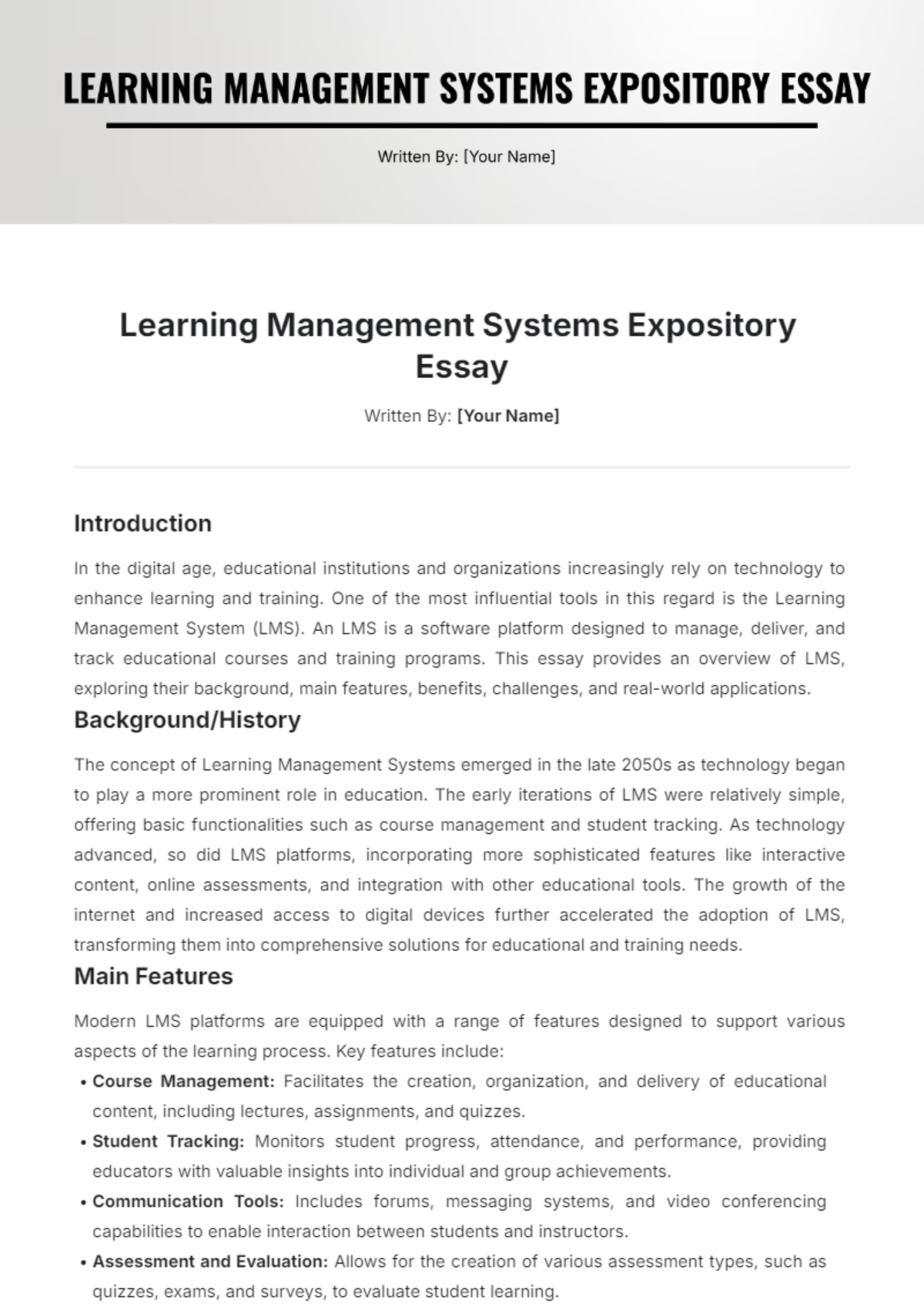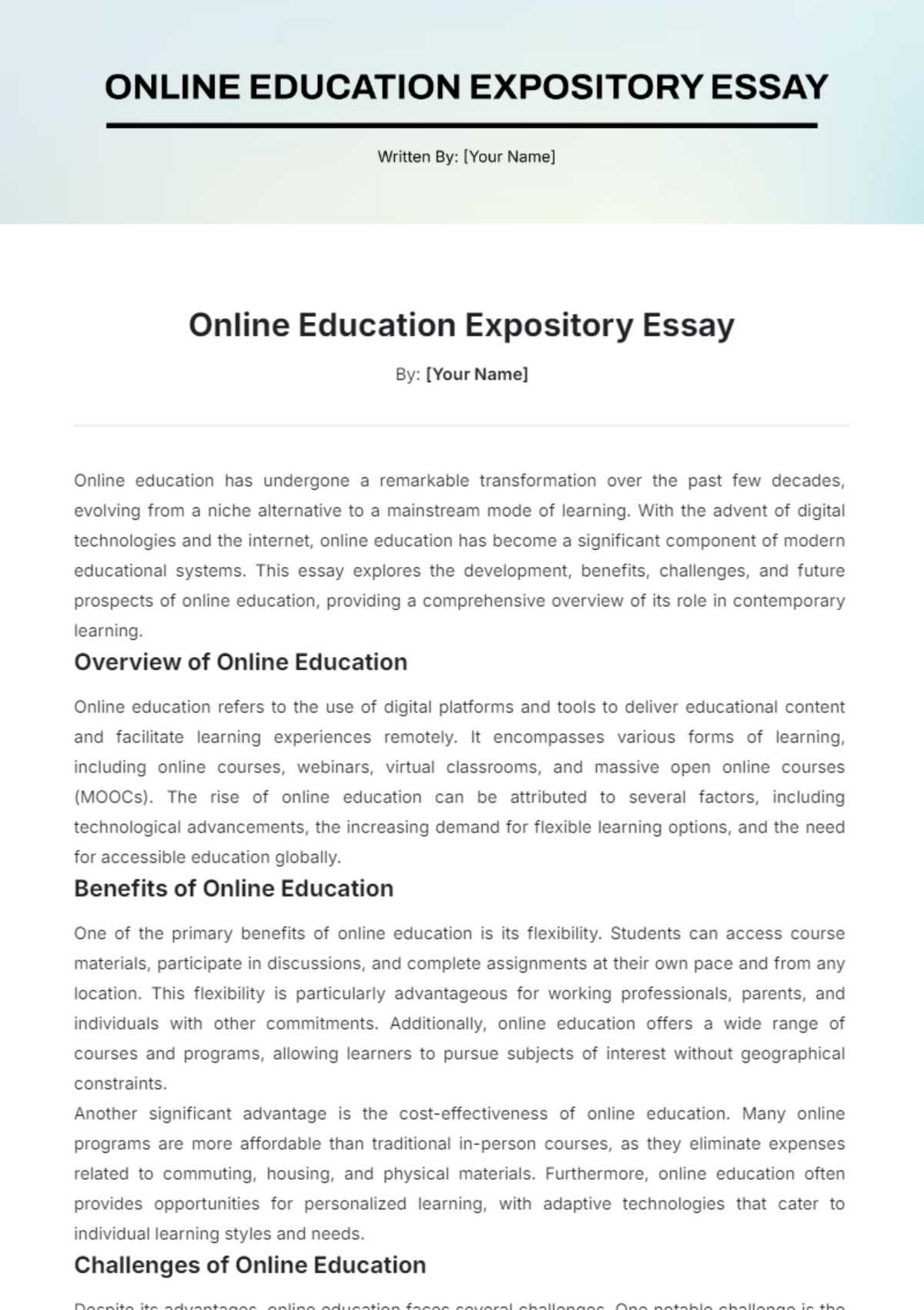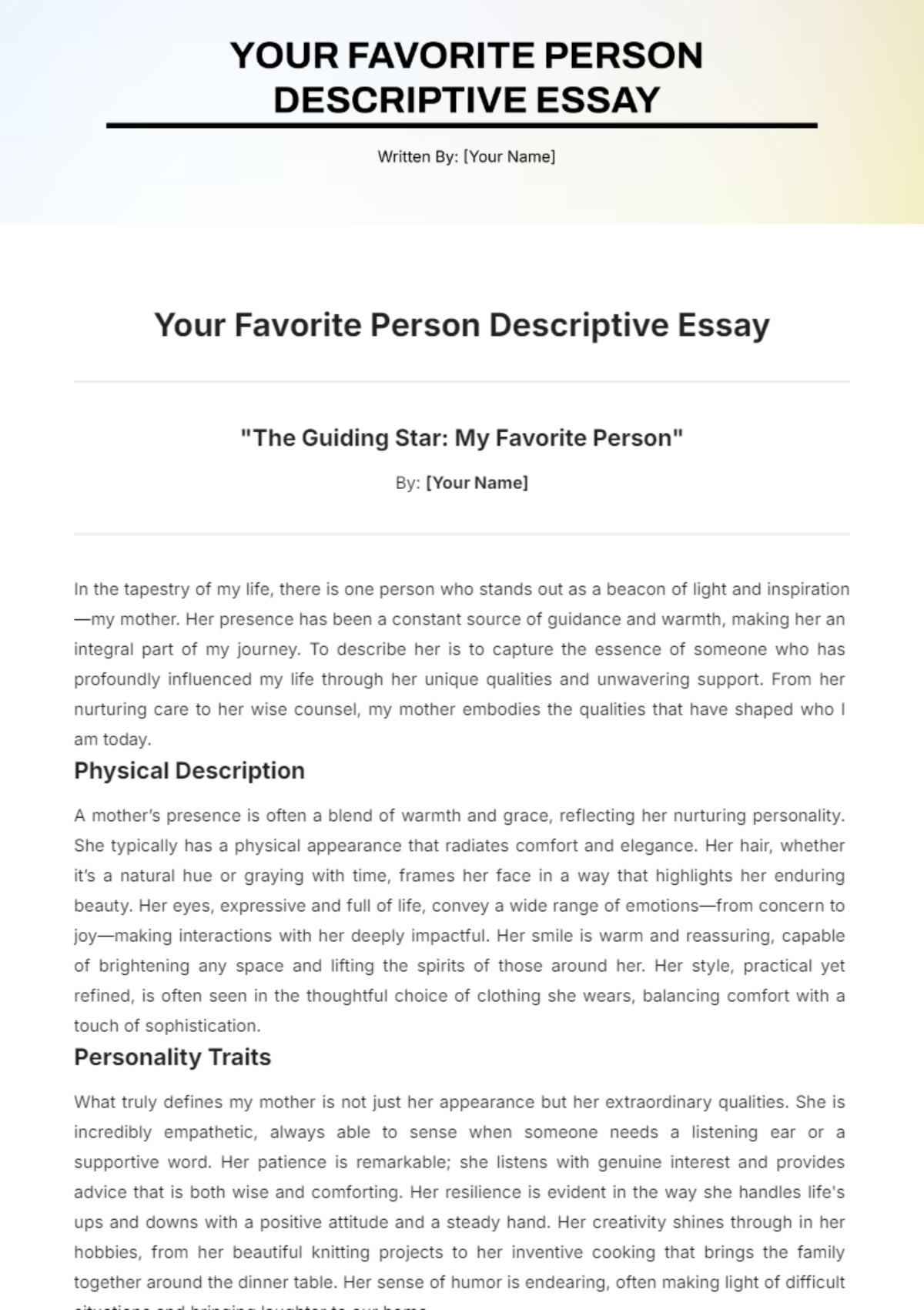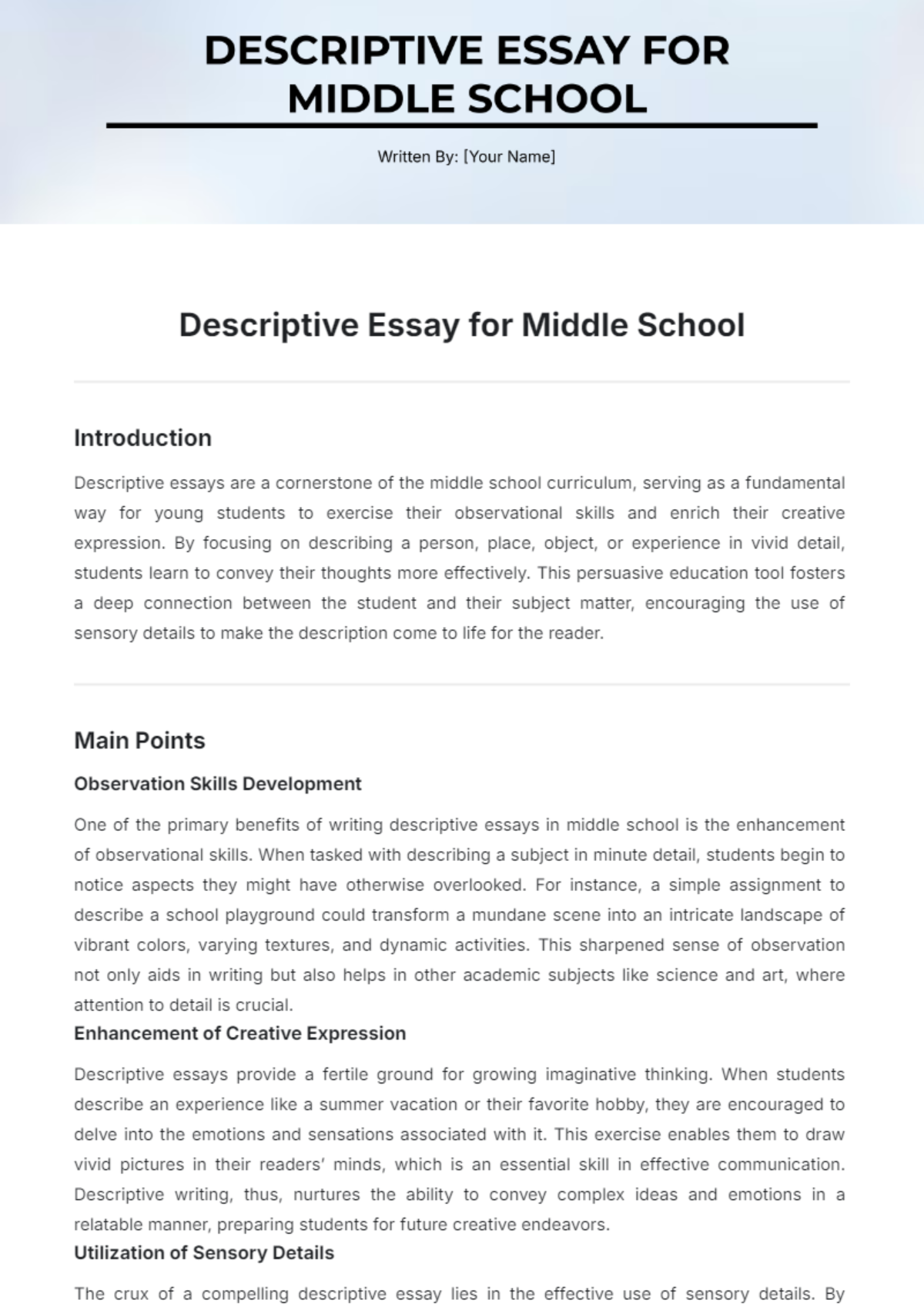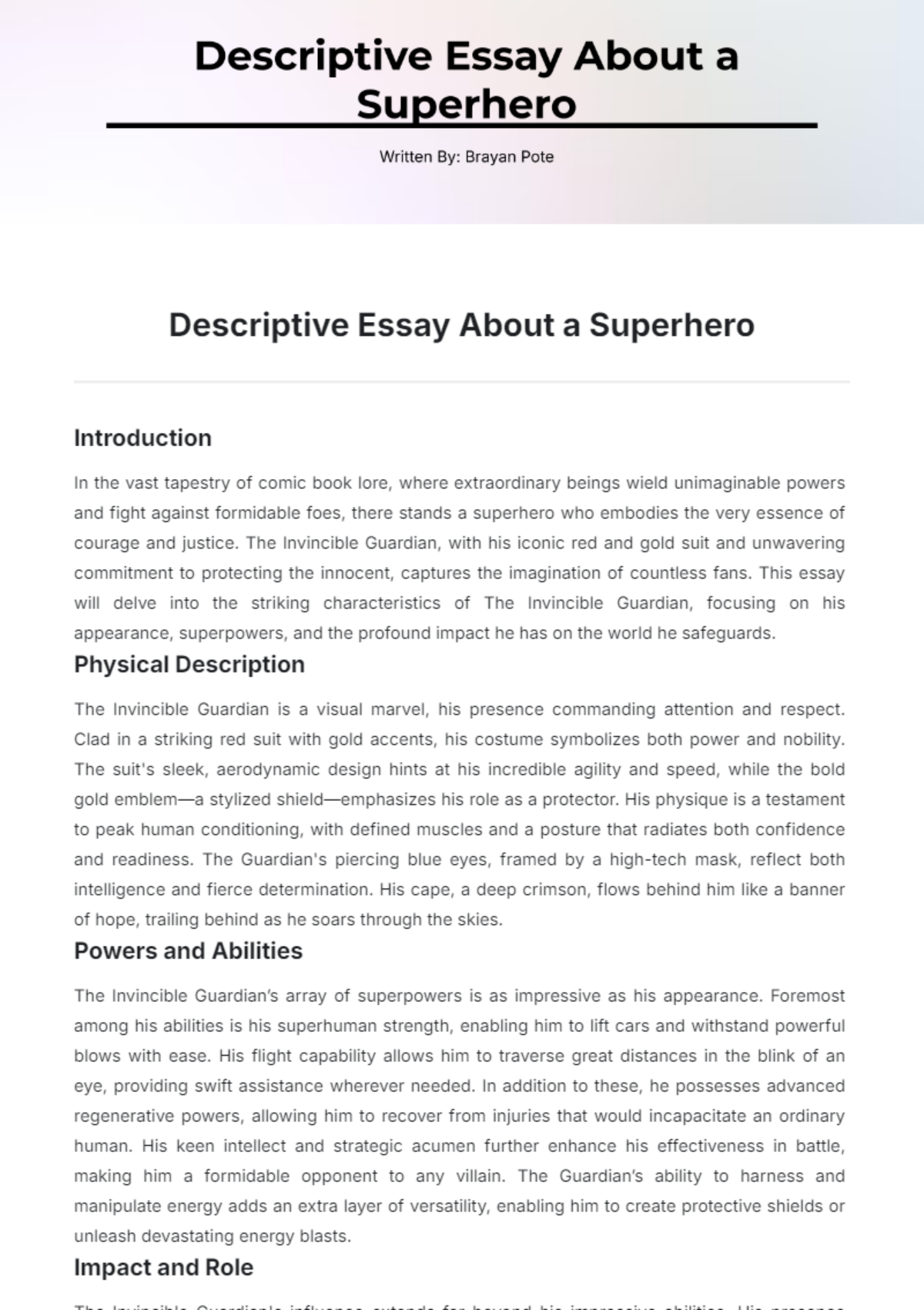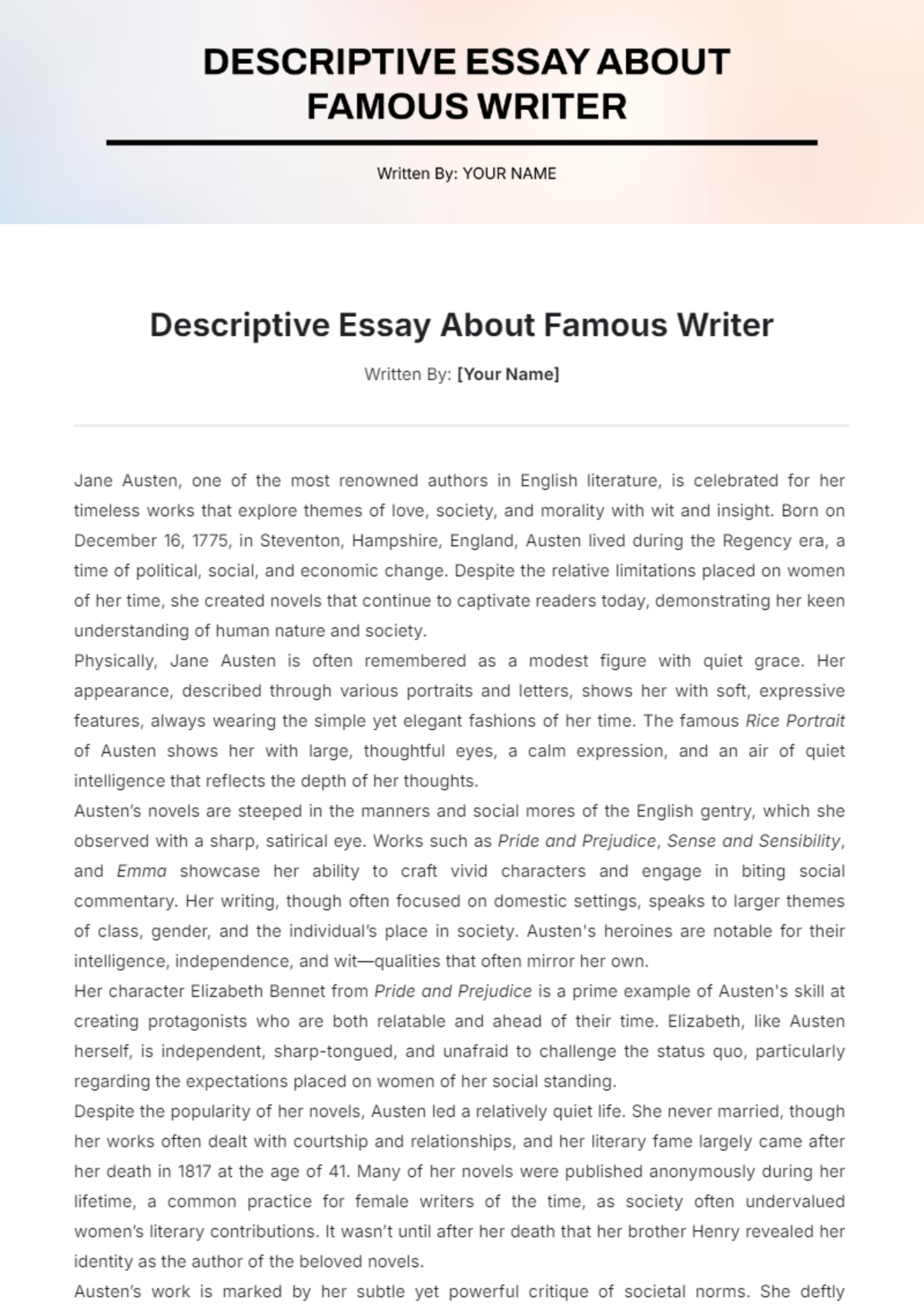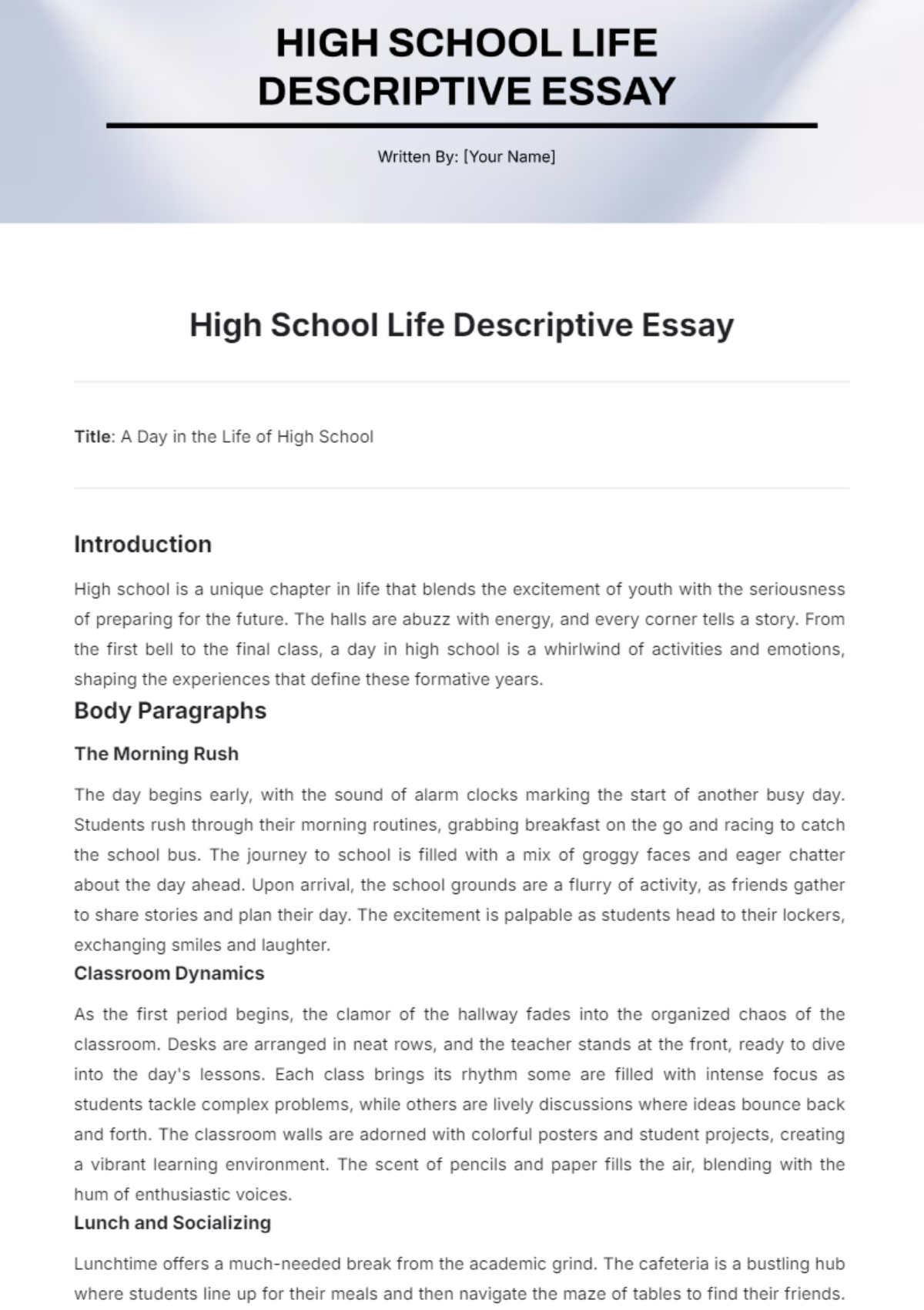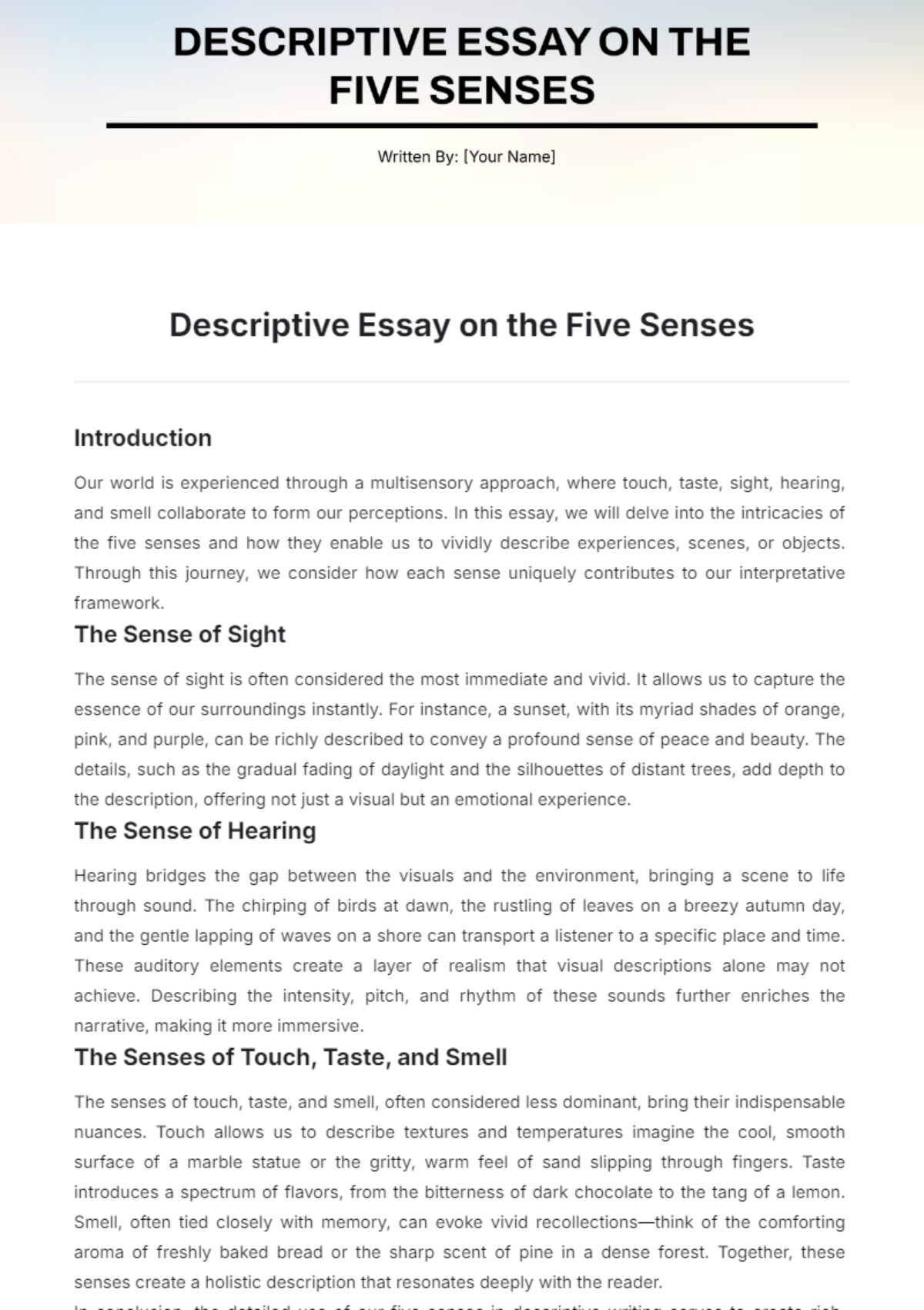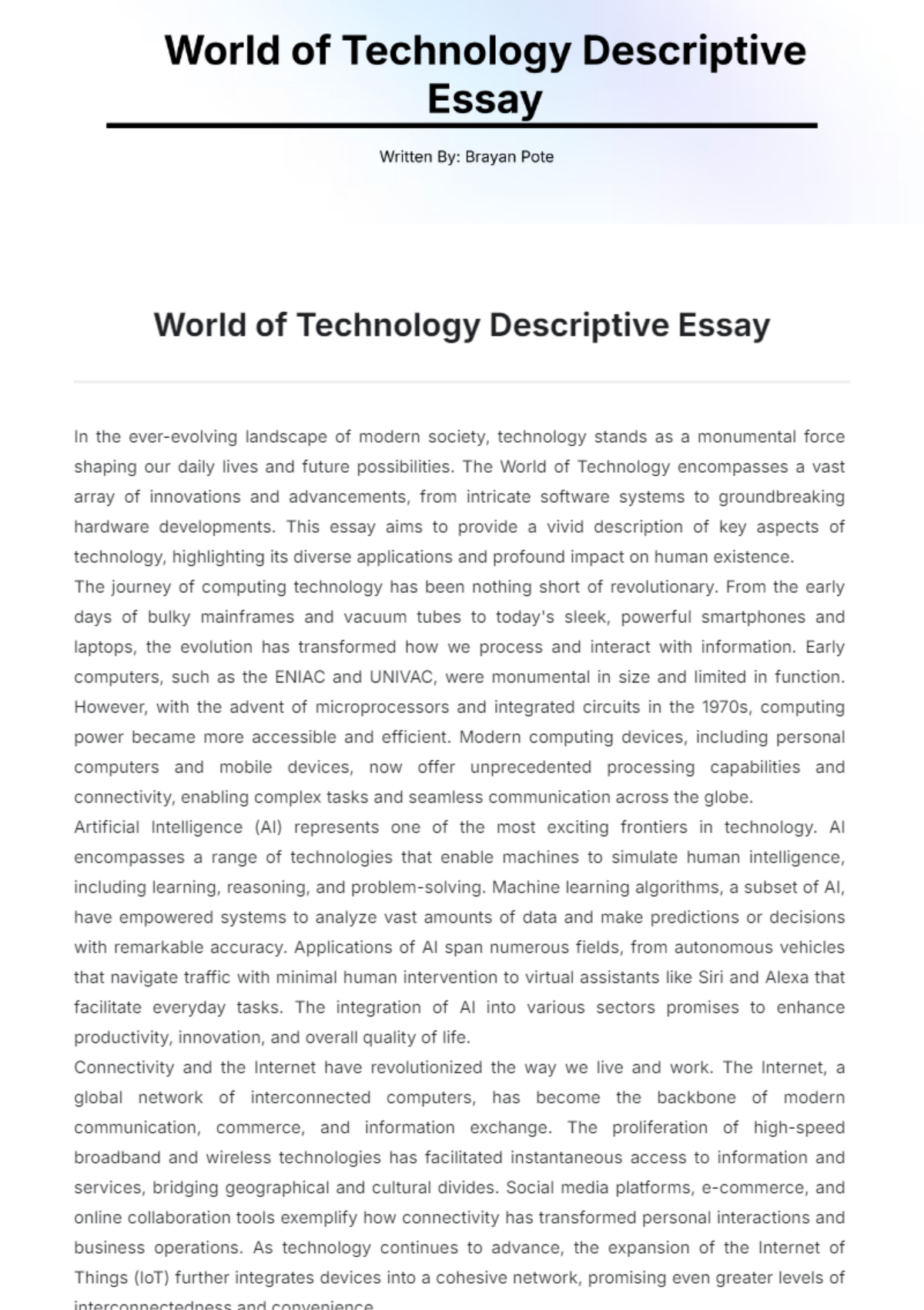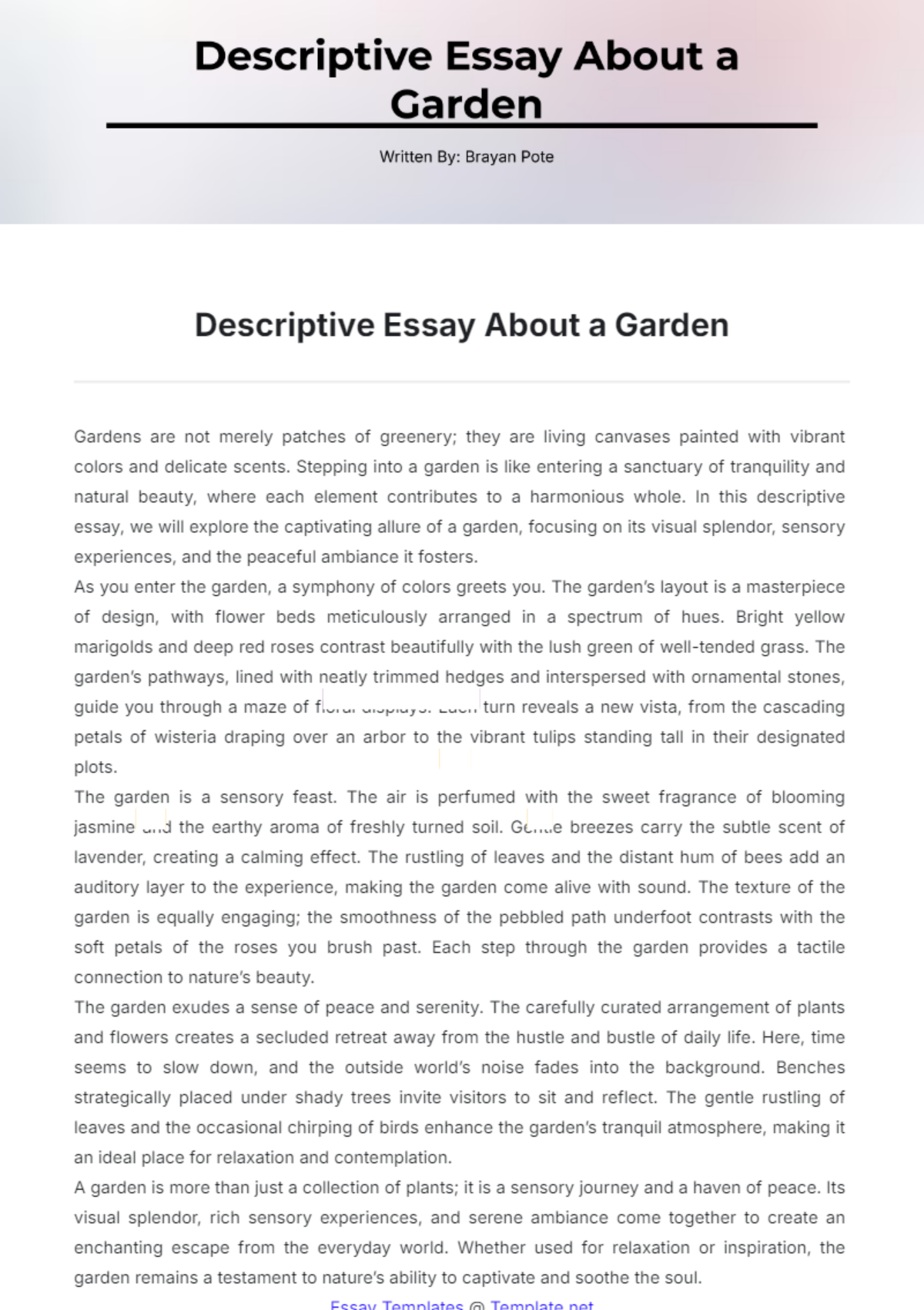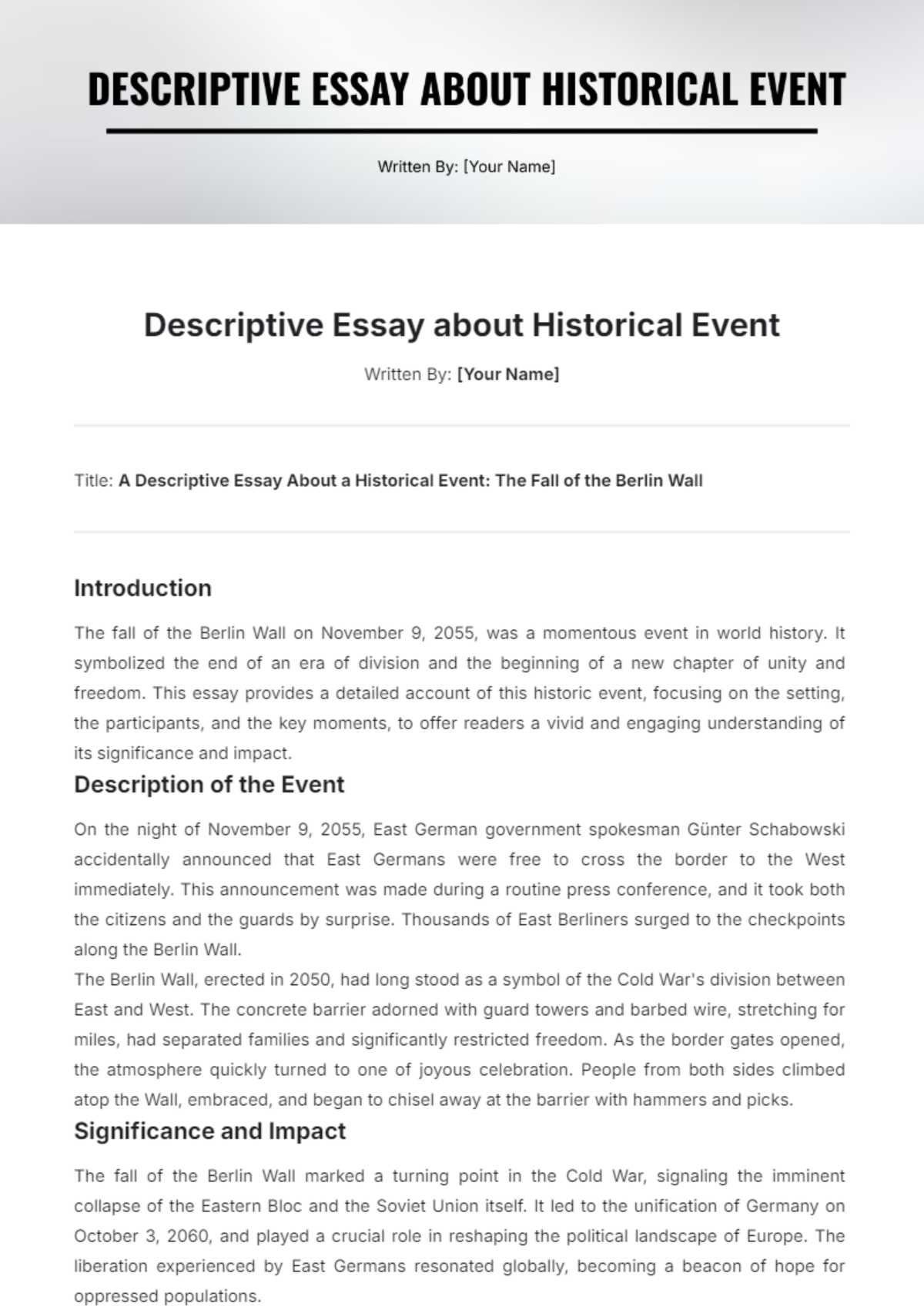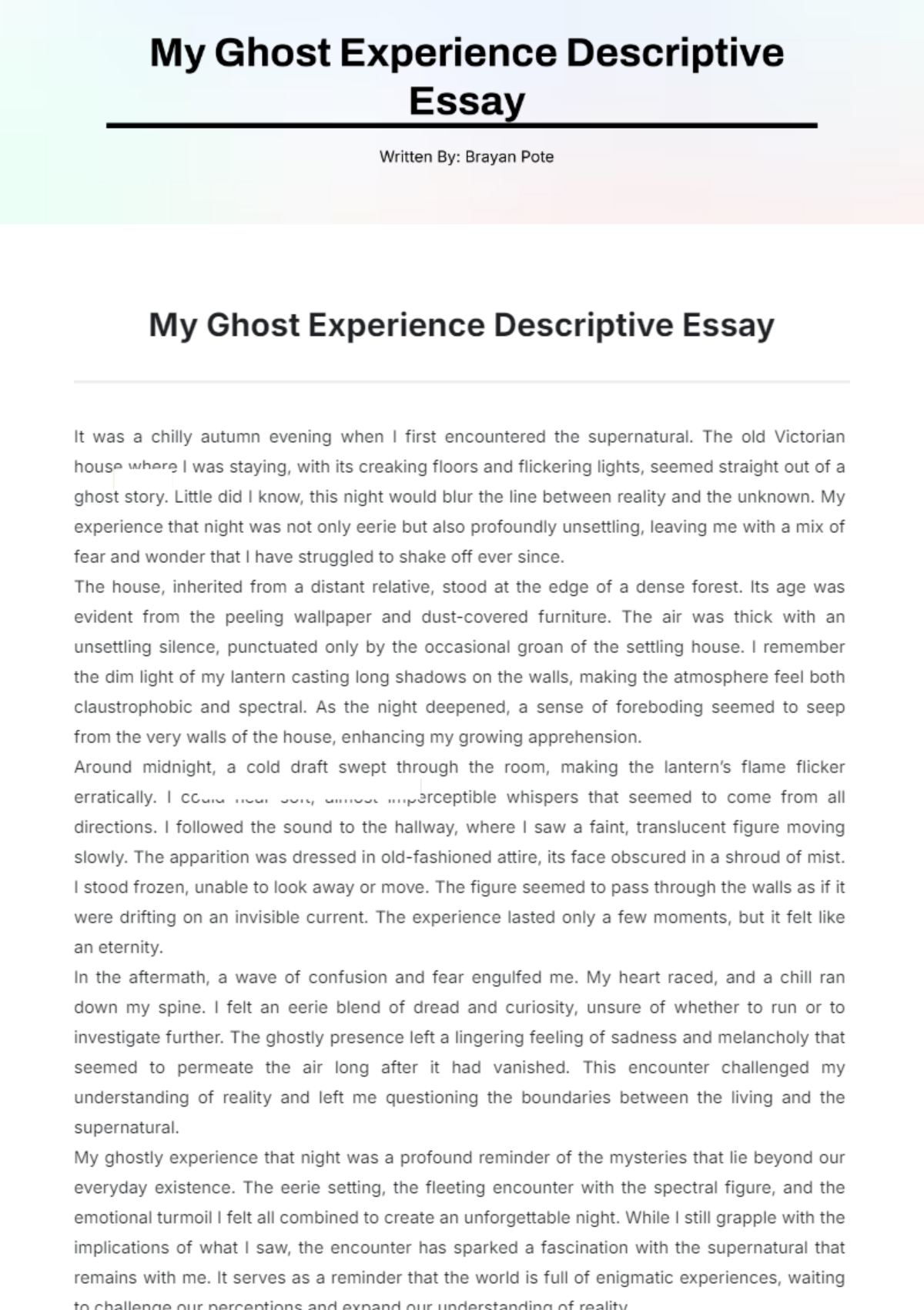Descriptive Essay about Abstract Art
By: [Your Name]
Abstract art stands as a compelling and innovative departure from traditional representational art forms. Emerging prominently in the early 20th century, abstract art eschews realistic depictions of the physical world, opting instead to convey emotions, ideas, and aesthetics through non-representational forms. This essay delves into the essence of abstract art, providing a vivid description of its key characteristics, examining notable works and artists, and reflecting on the artistic intentions behind this transformative movement.
Description of Abstract Art
Abstract art is characterized by its departure from the realistic portrayal of objects and scenes. Instead of mimicking the visible world, abstract artists focus on elements such as color, shape, form, and texture to express their inner experiences and perceptions. This genre of art often features dynamic compositions where lines, geometric shapes, and fluid forms interact in a way that challenges conventional visual narratives.
Color plays a pivotal role in abstract art, often used not merely to represent objects but to evoke specific emotions or atmospheres. Bold, vibrant hues may create a sense of energy and excitement, while muted tones might convey calm or introspection. The manipulation of color in abstract works is not constrained by the need for realism but is driven by the artist's intent to elicit a visceral response from the viewer.
Shape and form in abstract art are equally crucial. Artists may use irregular shapes, fragmented forms, or entirely new geometries to break free from traditional representation. These forms often lack the precision of realistic depictions but gain in emotional and conceptual depth. Abstract art invites viewers to engage with the work on a more intuitive level, allowing for personal interpretation and emotional connection.
Analysis of Key Works
One of the seminal figures in abstract art is Wassily Kandinsky, whose work exemplifies the movement's innovative spirit. Kandinsky’s piece, Composition VIII, showcases his mastery in combining geometric shapes and vivid colors. The artwork features a symphony of lines, circles, and angles, arranged in a seemingly chaotic yet harmoniously balanced composition. Kandinsky’s use of color and form transcends literal representation, aiming to communicate an inner sense of rhythm and emotion.
Another influential abstract artist is Jackson Pollock, renowned for his technique of drip painting. In works such as No. 5, 1948, Pollock employs a dynamic, spontaneous method of applying paint, creating intricate layers of splattered and dripped color. This approach reflects Pollock’s fascination with the unconscious mind and the process of artistic creation itself. His abstract compositions are characterized by their energetic and fluid application of paint, which conveys a sense of movement and raw emotion.
Artist Intentions
The intentions behind abstract art often revolve around a desire to explore and express aspects of human experience that traditional art forms might struggle to capture. Abstract artists frequently aim to engage viewers on a sensory and emotional level, bypassing the need for representational accuracy. For many abstract artists, the process of creation is as important as the final product, with the act of painting or sculpting serving as a means of exploring and articulating internal states and perceptions.
Abstract art also challenges viewers to rethink their approach to visual experience. By removing familiar references and focusing on pure form and color, abstract works encourage viewers to engage with art in a more direct and personal way. This interaction often involves a process of introspection and interpretation, where the meaning of the artwork is derived from individual emotional and intellectual responses rather than external references.
Conclusion
Abstract art represents a profound shift in the art world, offering new ways to explore and express human experience through innovative forms and techniques. By prioritizing color, shape, and form over representational accuracy, abstract art provides a rich tapestry of visual and emotional stimuli. Through the works of pioneering artists like Wassily Kandinsky and Jackson Pollock, we gain insight into the diverse ways abstract art can convey complex ideas and evoke deep emotional responses. Ultimately, abstract art invites us to engage with art on a more personal and intuitive level, challenging our perceptions and expanding our understanding of creativity.

